Past Exhibitions
Browse the chronological list of past exhibitions at the Saint Louis University Museum of Contemporary Art (MOCRA), or search for a specific exhibition. Click “View” for more information about an exhibition. If you need further information about an exhibition, please contact us.
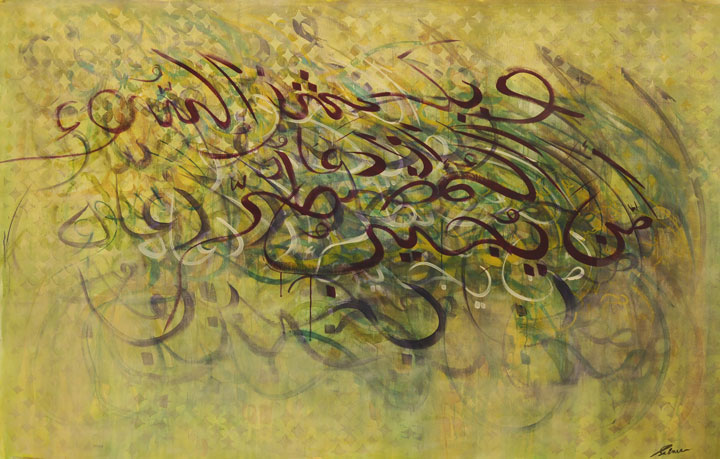
Painting Prayers: The Calligraphic Art of Salma Arastu
September 13, 2015 to December 6, 2015
About the Exhibition
Drawing on her Hindu and Muslim background, and combining expertise in Arabic calligraphy with Abstract Expressionism and Color Field painting, Salma Arastu creates large, evocative canvases that invite viewers into quiet contemplation on texts from the Quran, the poet Rumi, and other sources.
Salma Arastu was born in Rajasthan, India, and graduated with a Masters in Fine Arts from The Maharaja Sayajirao University of Baroda, India. She presently resides in the San Francisco Bay area. Arastu works in a variety of media, including painting, drawing, printmaking and sculpture. Her works are found in numerous private and public collections, such as the 9/11 Memorial Museum, New York; the Museum of Modern Art, Hyderabad, India; the National Gallery of Art, New Delhi, India; the Islamic Museum of Australia, Melbourne; and the State Museum of the Arts, Harrisburg, PA.
Raised in Hinduism, Arastu later embraced Islam through her marriage. While living in Iran and Kuwait, she was fascinated by the beauty of Arabic calligraphy and began incorporating passages into her work. The development of calligraphy using Arabic script is tightly woven into the fabric of Islam. Over the centuries distinctive artistic forms of Arabic letters have been developed both to honor the holy texts and as a form of creative expression. Arastu continues this tradition by employing passages from the Quran in many of her works.
The MOCRA exhibition includes works from two of her most recent series. “Celebration of Calligraphy” harmoniously blends traditional Arabic calligraphy with Abstract Expressionism and Color Field painting, featuring lyrical, dynamic passages from the Quran flowing across dense layers of rich color. “Unity of Sacred Symbols and Texts” comprises several distinct elements, including circular mandala-like paintings; works by texts of thirteenth-century Persian poet Mewlana Jalaluddin Rumi and sixteenth-century Hindu saint and mystic poetess Meera Bai; and paintings invoking four major faith traditions through texts in Arabic, Hebrew, English, and Sanskrit. Painting Prayers also features a companion display of manuscript leaves from the sixteenth through nineteenth centuries, drawn from the Saint Louis University Libraries Special Collections.
Download an information sheet about Painting Prayers.
I paint to express the prayers of my heart, and intend for the energy of the calligraphy, powered by the positive messages from the texts, to reveal the joy and celebration that I experience while creating them. Each verse I portray gives me strength and peace, and I hope to instill these feelings in my viewers. | Salma Arastu
above:
Salma Arastu, Healing Prayer, 2014. Acrylic on canvas. MOCRA collection. Photo courtesy of the artist.
Related programming
So That You Know Each Other: Intercultural Reflections on Art, Beauty, and Islam
Watch So That You Know Each Other: Intercultural Reflections on Art, Beauty, and Islam
Watch a PBS “Arts America” segment on Painting Prayers
Listen to an interview with Salma Arastu on St. Louis Public Radio’s “Cityscape”
| Exhibition |
|---|
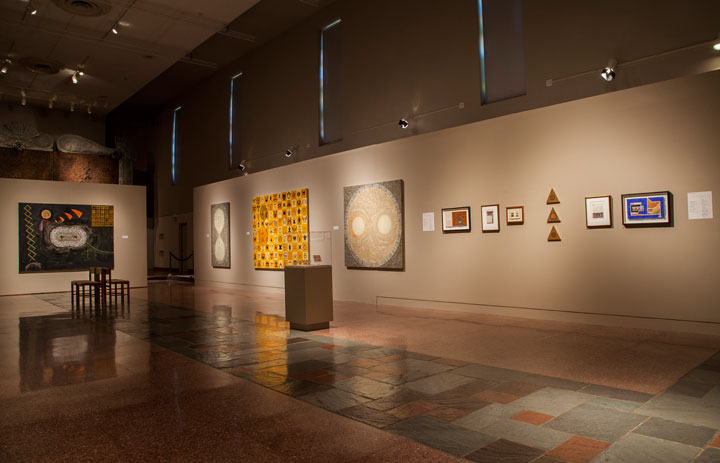
Bernard Maisner: The Hourglass and the Spiral |
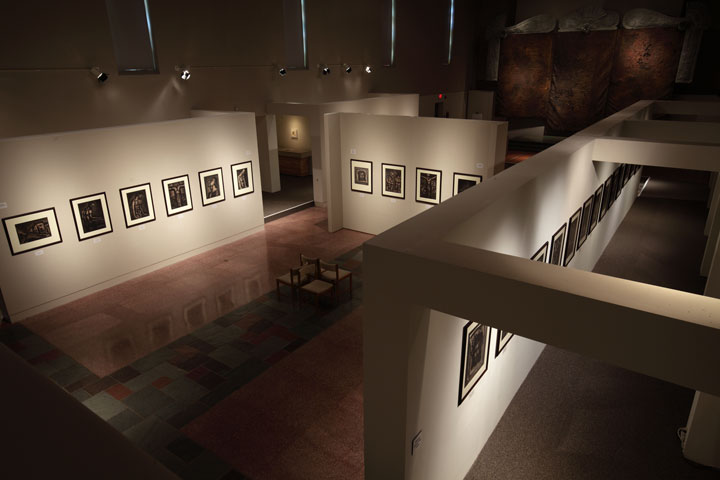
Georges Rouault: Miserere et Guerre |
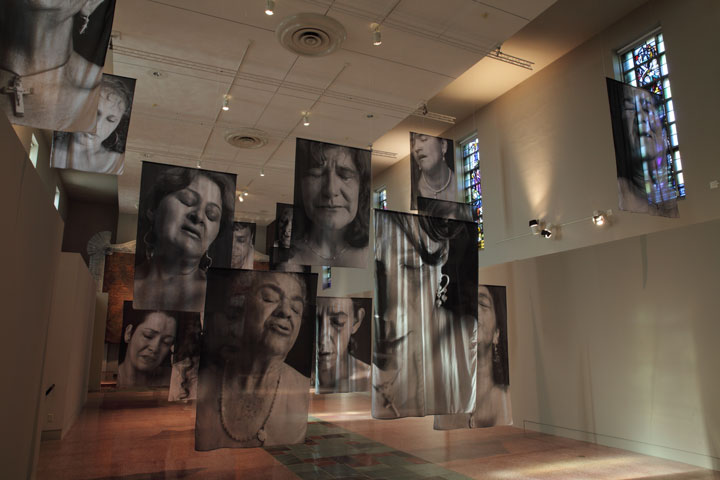
Erika Diettes: Sudarios |
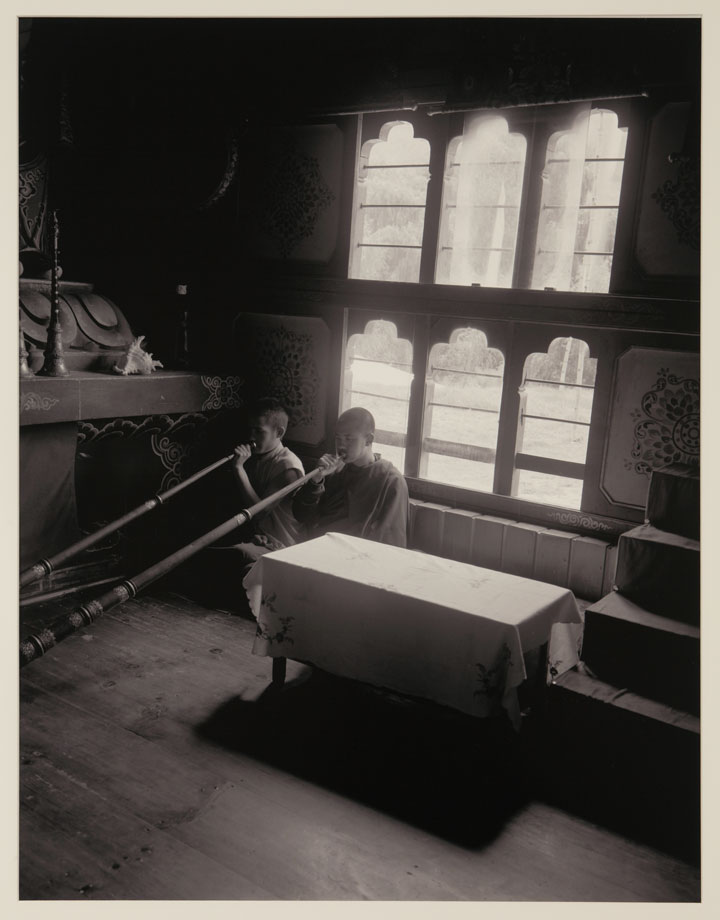
Regina DeLuise: Vast Bhutan – Images from the Phenomenal World |

Painting Prayers: The Calligraphic Art of Salma Arastu |
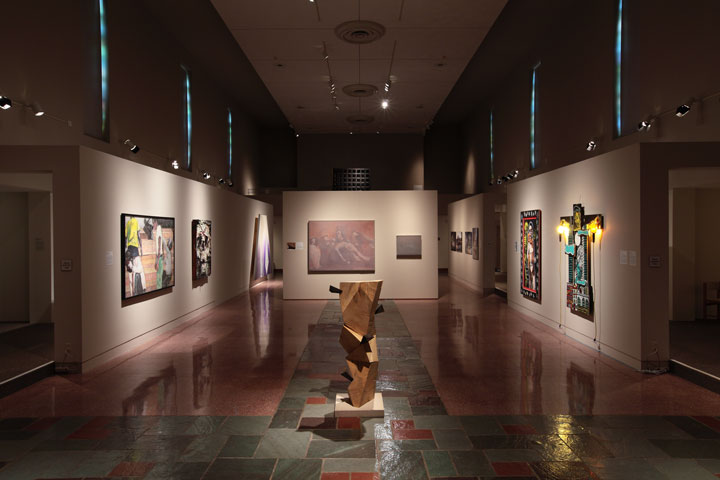
Thresholds: MOCRA at 20 – Part Two, The Second Decade |
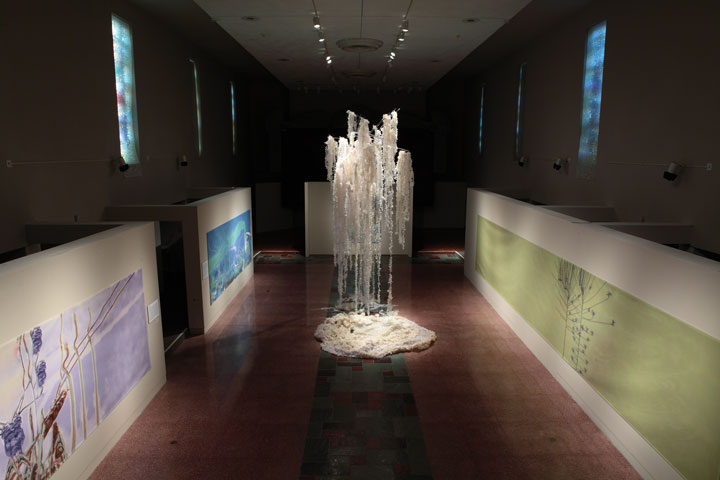
Rebecca Niederlander: Axis Mundi |
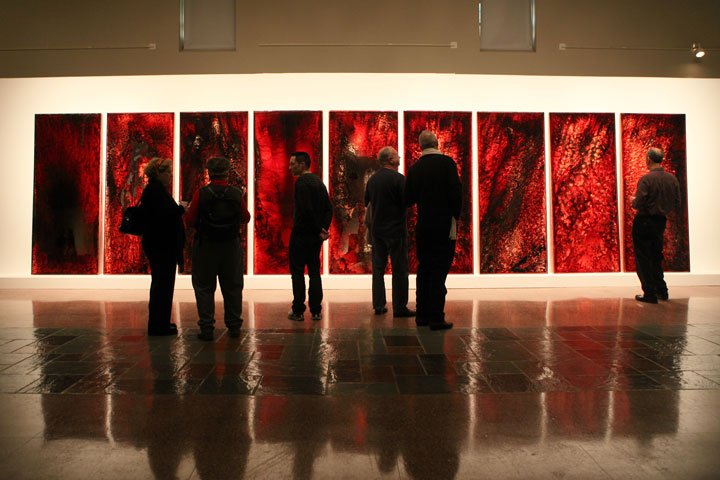
Jordan Eagles: BLOOD / SPIRIT |
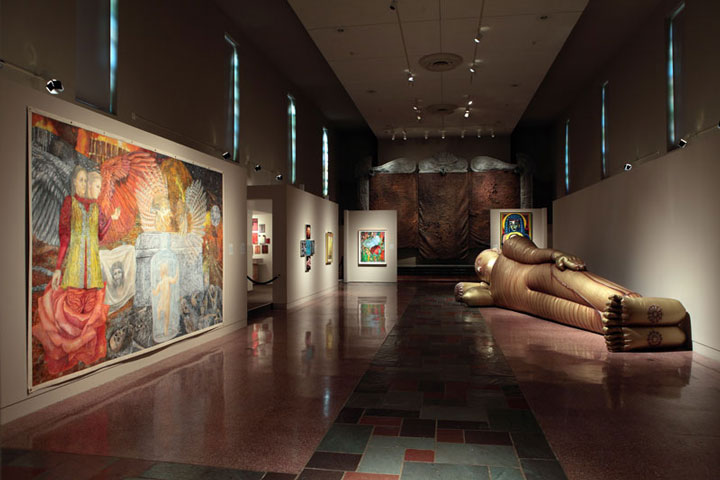
Thresholds: MOCRA at 20 – Part One, The First Decade |
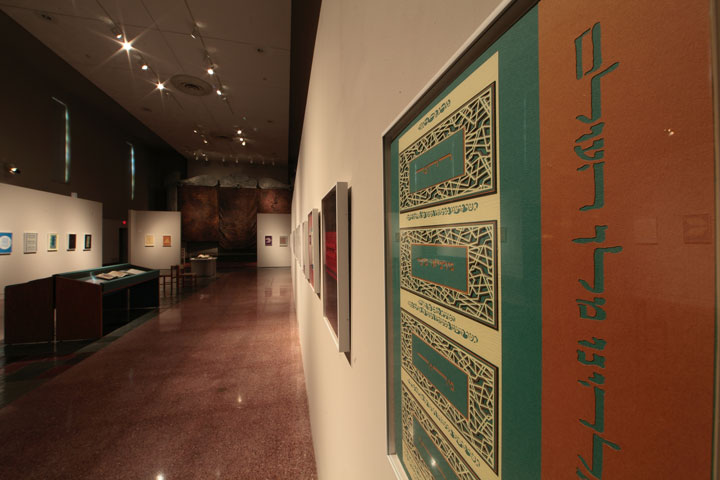
Archie Granot: The Papercut Haggadah |
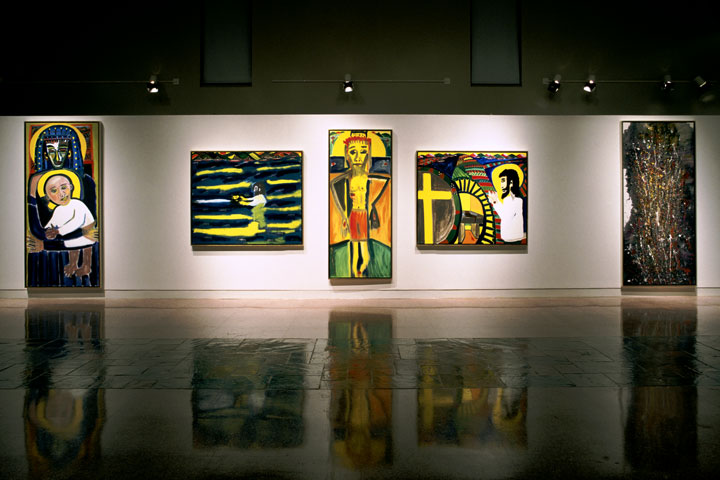
A Tribute to Frederick J. Brown |
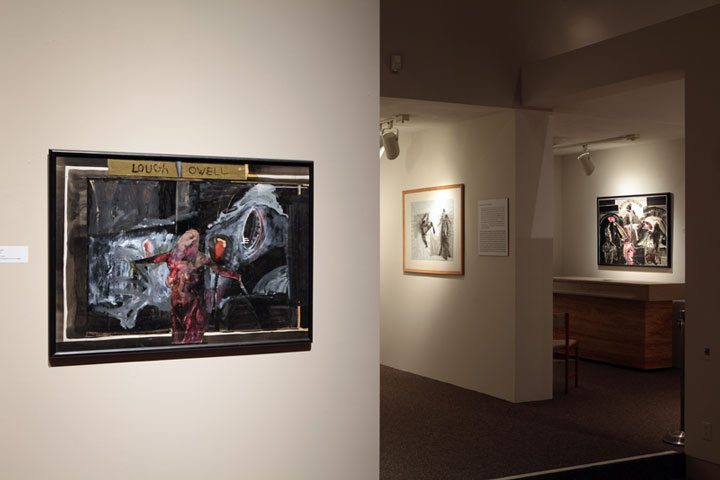
Patrick Graham: Thirty Years – The Silence Becomes the Painting |
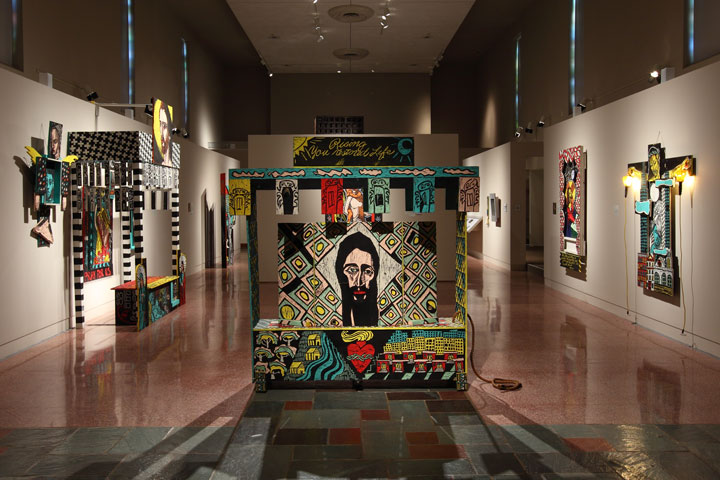
Adrian Kellard: The Learned Art of Compassion |
Good Friday: The Suffering Christ in Contemporary Art |
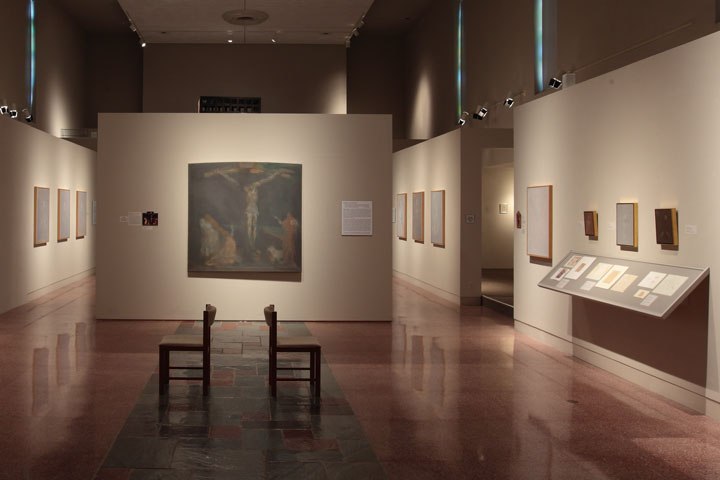
James Rosen: The Artist and the Capable Observer |
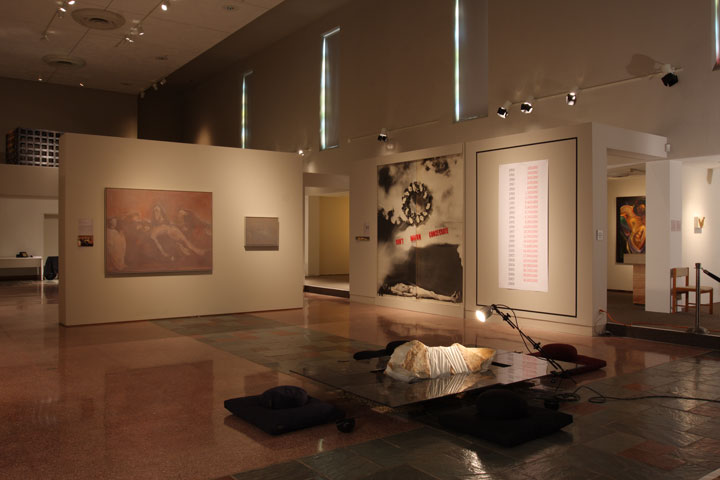
MOCRA at Fifteen: Good Friday |
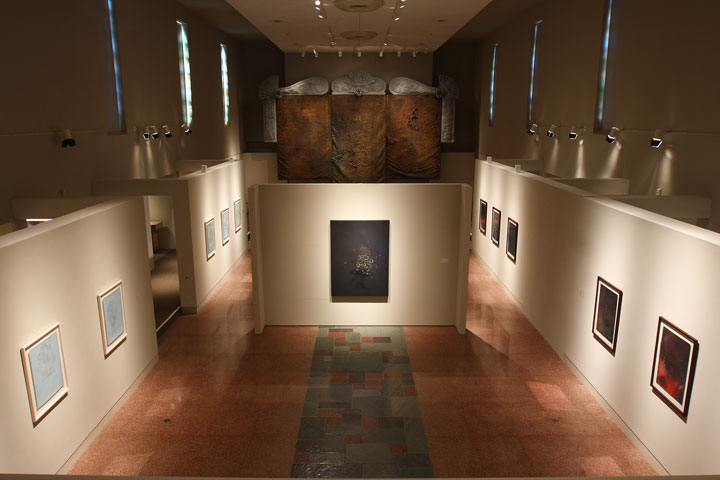
Michael Byron: Cosmic Tears |
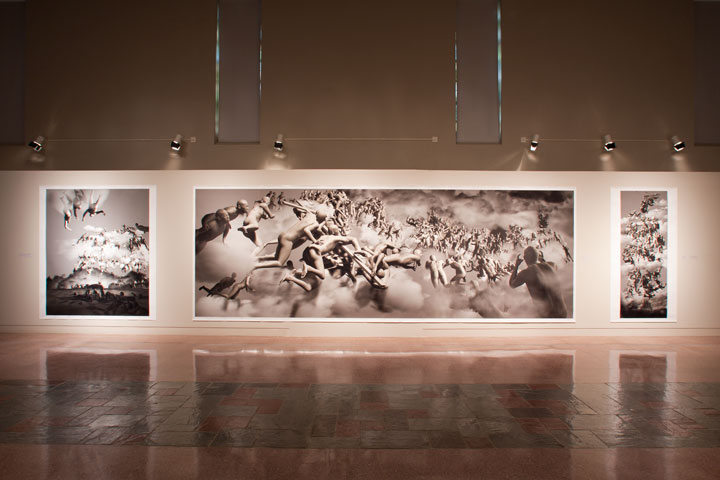
Miao Xiaochun: The Last Judgment in Cyberspace |
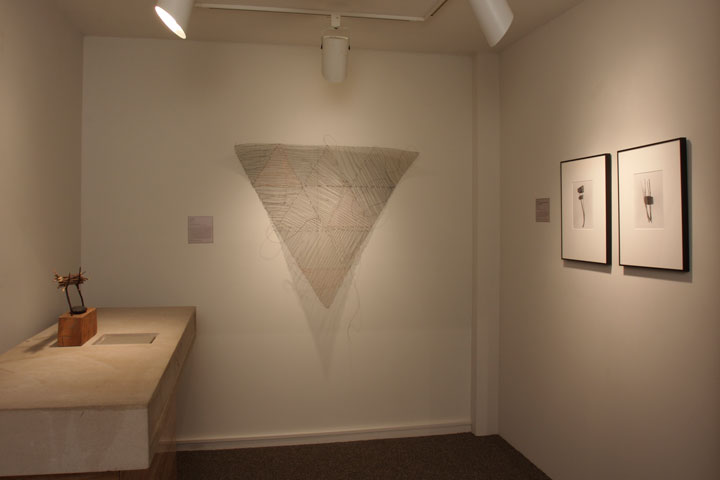
MOCRA at Fifteen: Pursuit of the Spirit |
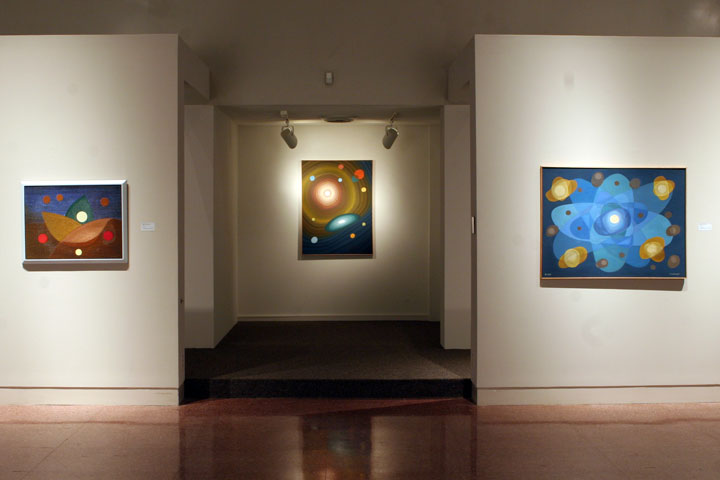
Oskar Fischinger: Movement and Spirit |
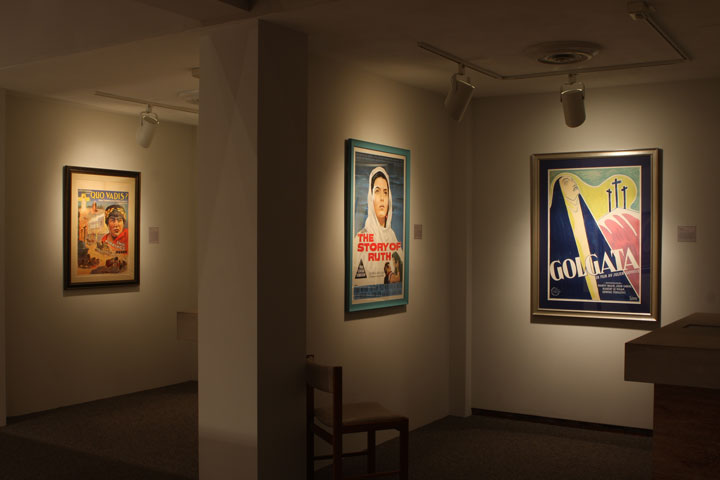
The Celluloid Bible: Marketing Films Inspired by Scripture |
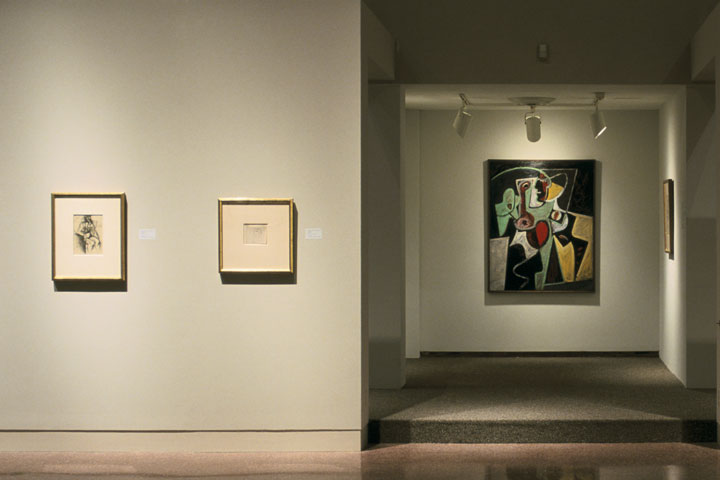
Gorky: The Early Years – Drawings and Paintings, 1927–1937 |

Andy Warhol: Silver Clouds |
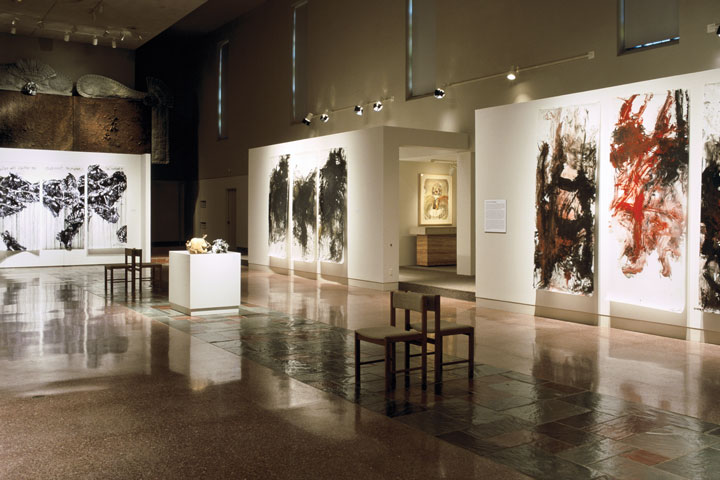
Junko Chodos: The Breath of Consciousness |
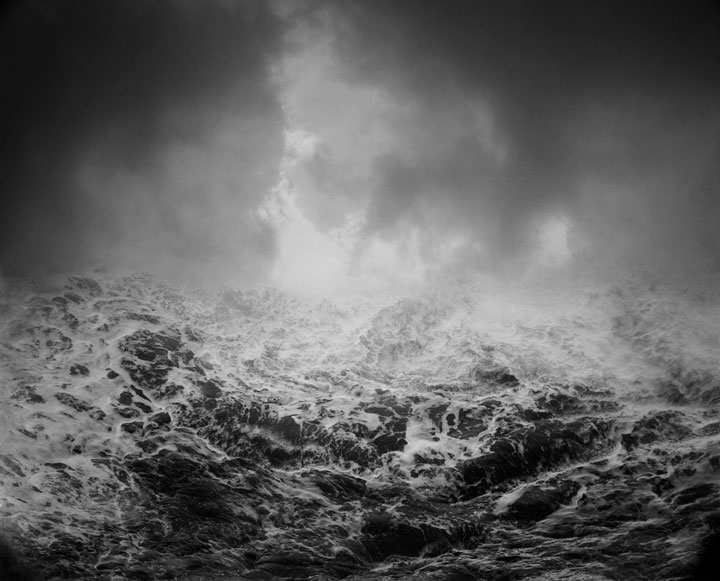
DoDo Jin Ming: Land and Sea |
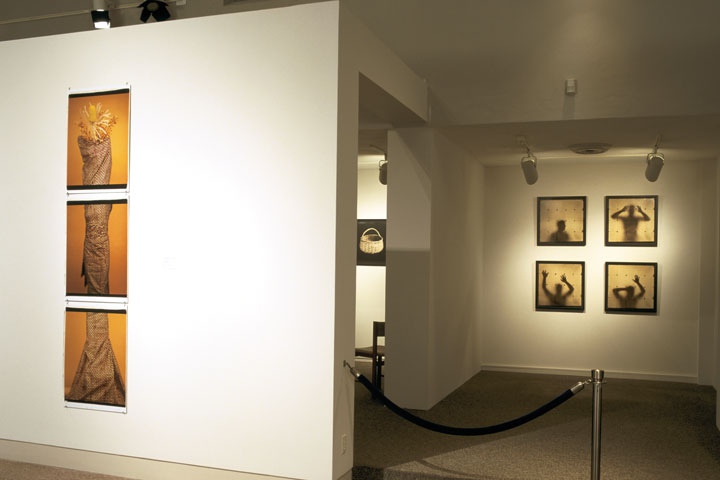
Rito, Espejo y Ojo / Ritual, Mirror and Eye: Photography by Luis González-Palma, María Magdalena Campos-Pons, and Pablo Soria |
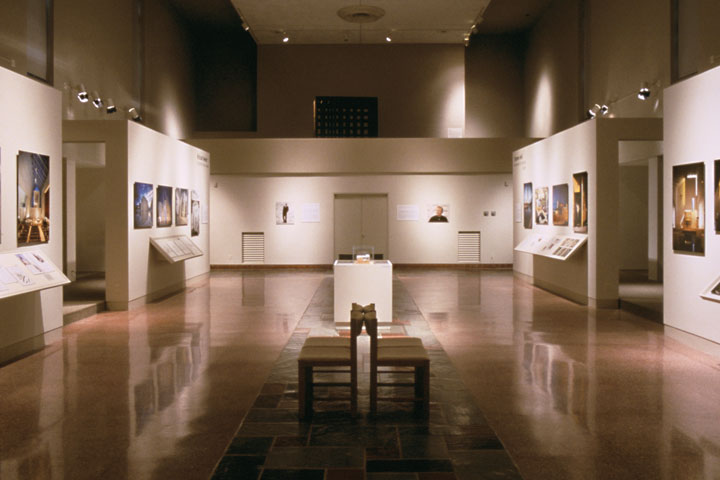
Radiant Forms in Contemporary Sacred Architecture: Richard Meier and Steven Holl |
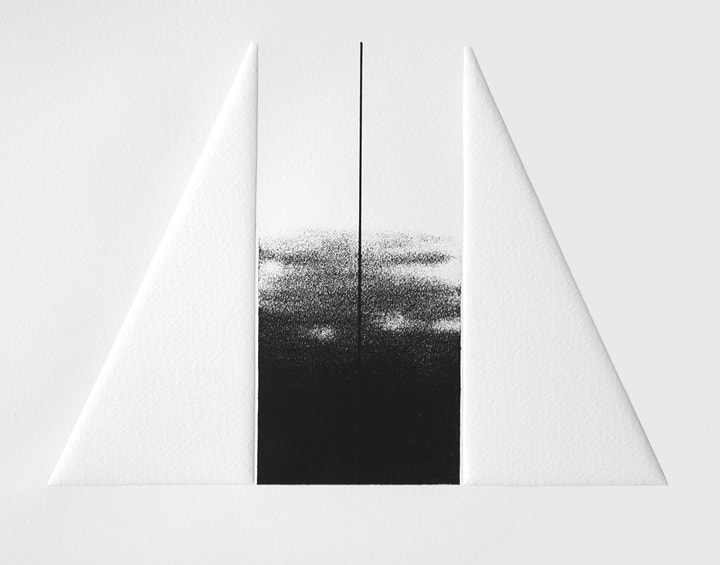
Daniel Ramirez: Twenty Contemplations on the Infant Jesus, an Homage to Oliver Messiaen |
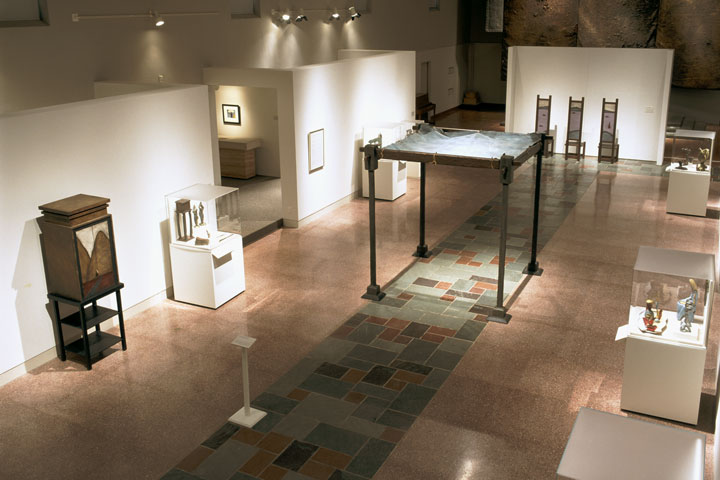
Avoda: Objects of the Spirit – Ceremonial Art by Tobi Kahn |
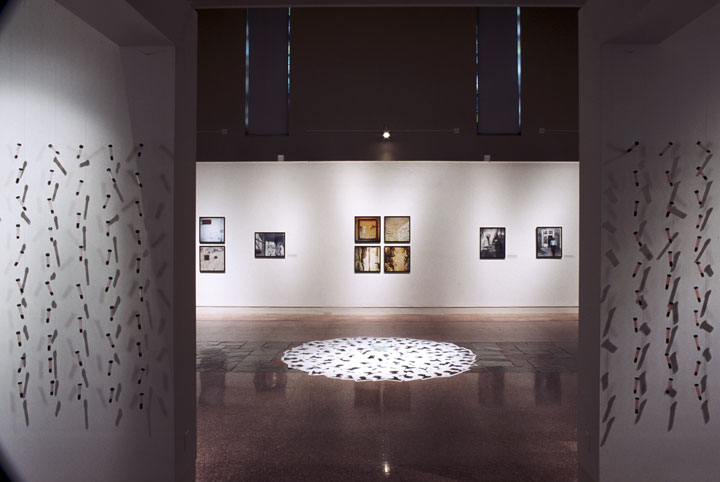
Tony Hooker: The Greater Good – An Artist’s Contemporary View of the Tuskegee Syphilis Study |

Andy Warhol: Silver Clouds, an encore presentation |

Andy Warhol’s Silver Clouds: A Fortieth Anniversary Celebration |
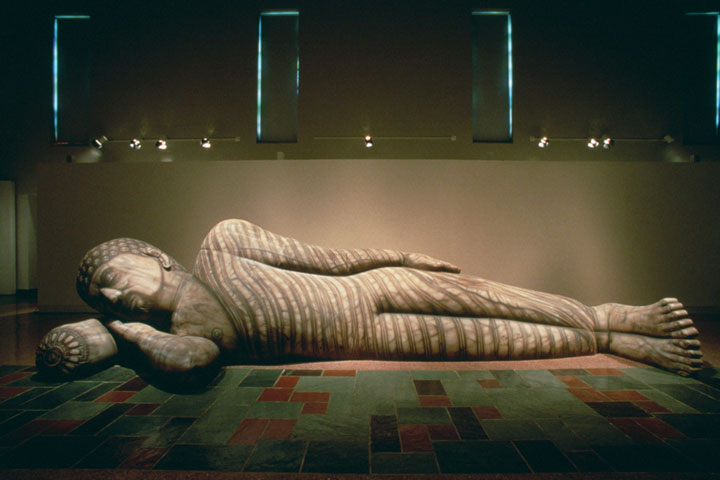
Lewis deSoto: Paranirvana |
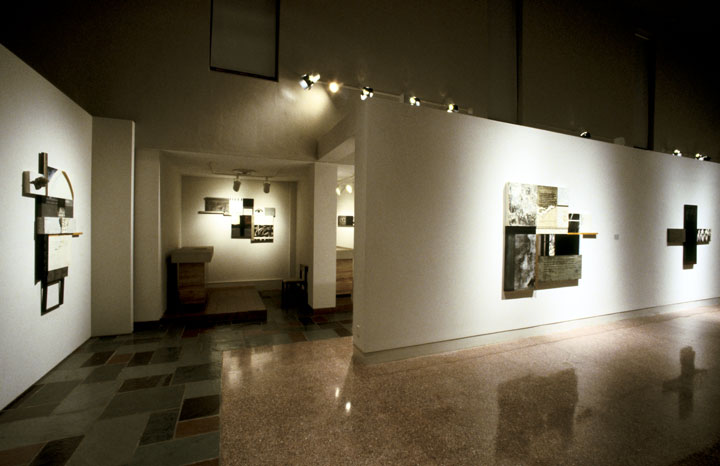
Robert Farber: A Retrospective, 1985–1995 |
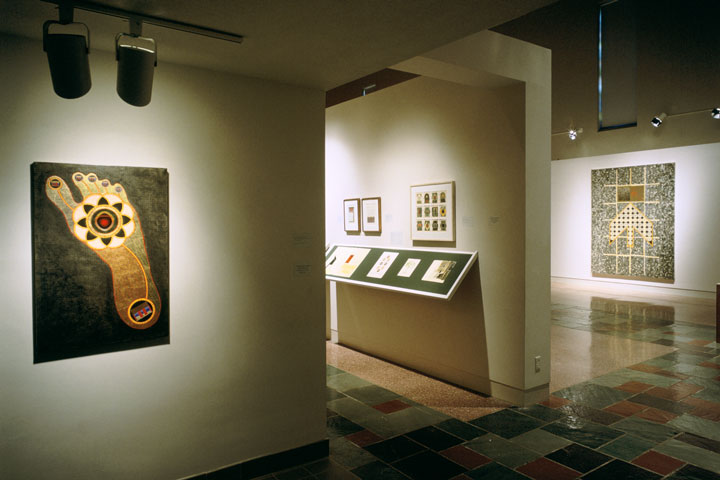
Bernard Maisner: Entrance to the Scriptorium |
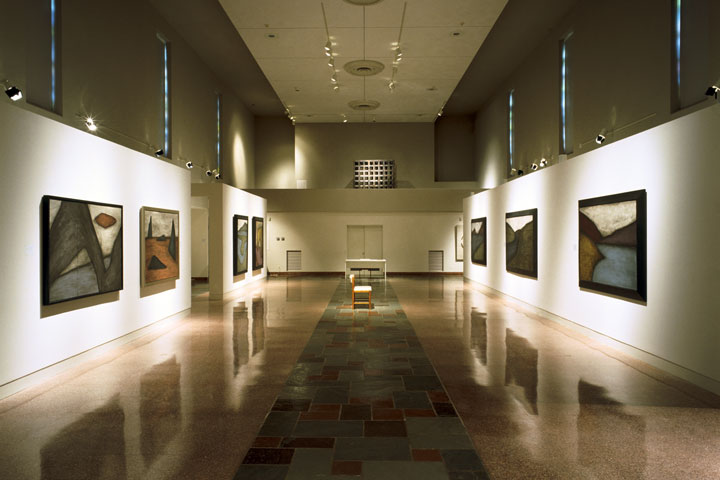
Tobi Kahn: Metamorphoses |
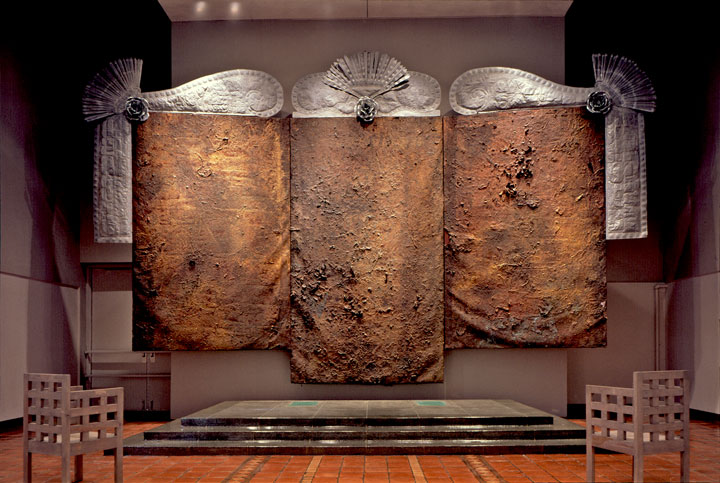
MOCRA: The First Five Years |
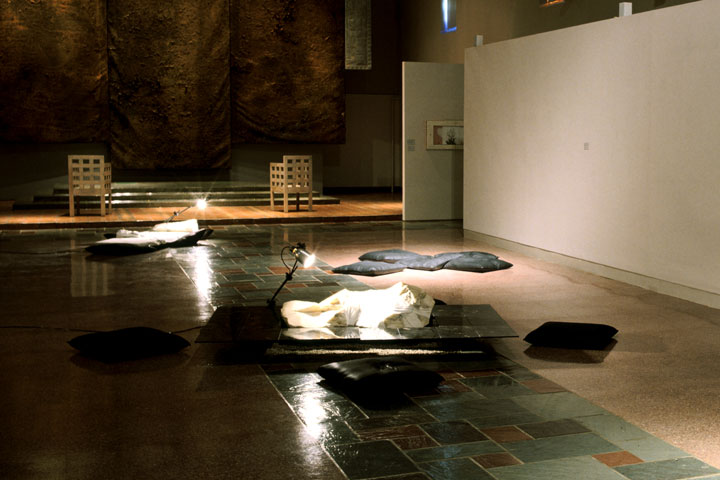
Steven Heilmer: Pietre Sante | Holy Stones |
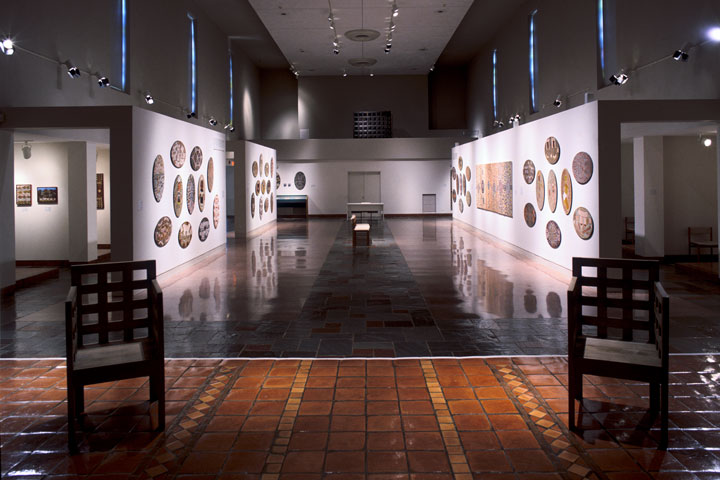
Utopia Body Paint Collection and Australian Aboriginal Art from St. Louis Collections |
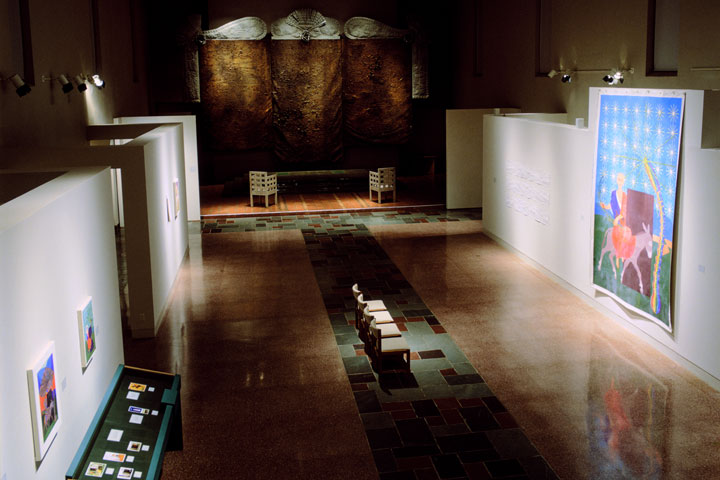
Manfred Stumpf: Enter Jerusalem |
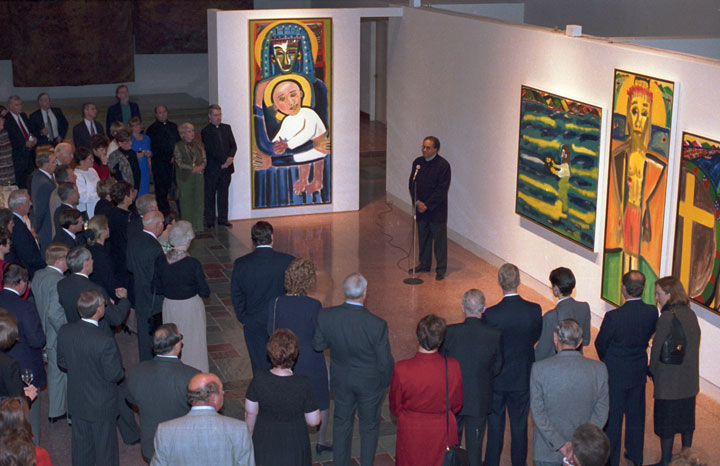
Frederick J. Brown: The Life of Christ Altarpiece |
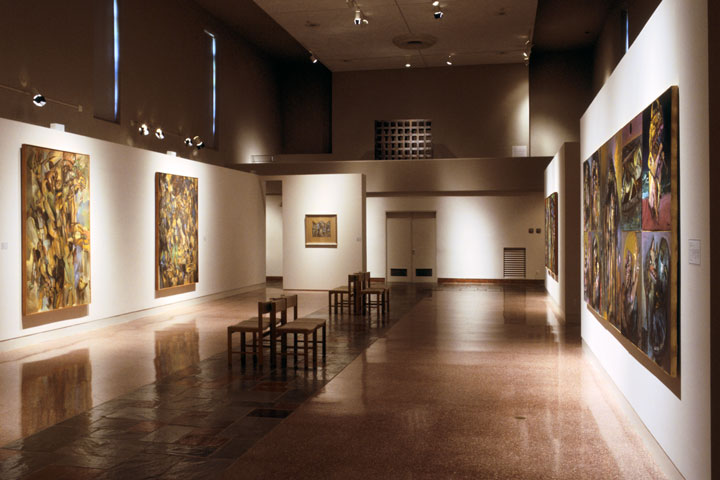
Edward Boccia: Eye of the Painter |
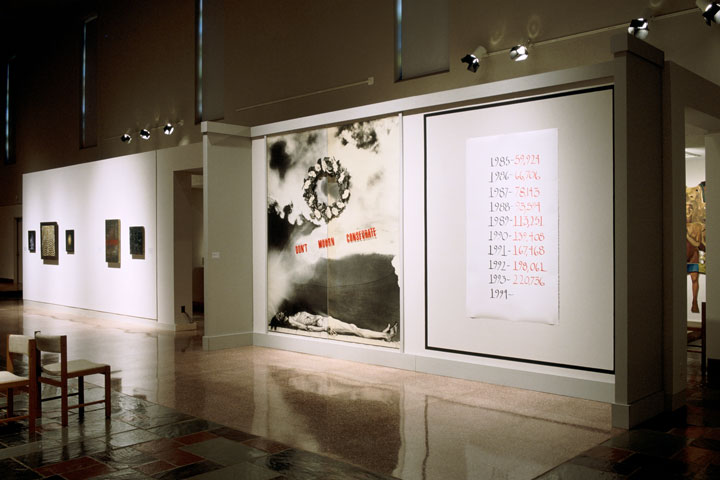
Consecrations Revisited |
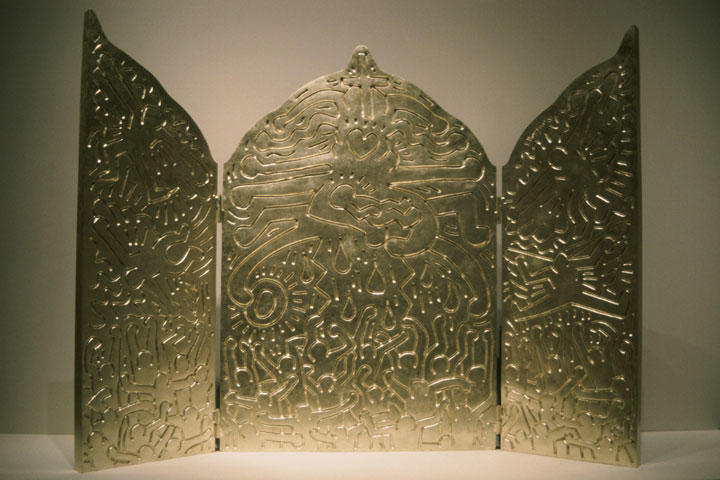
Keith Haring: Altarpiece – The Life of Christ |
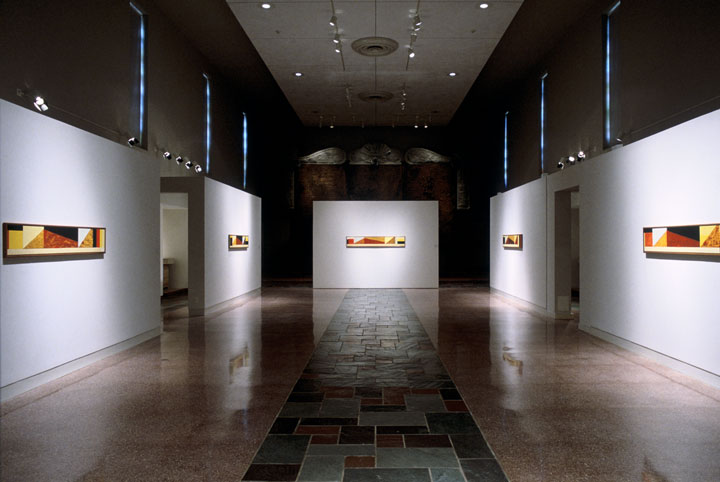
Ian Friend: The Edge of Belief – paintings, sculpture, and works on paper, 1980–1994 |
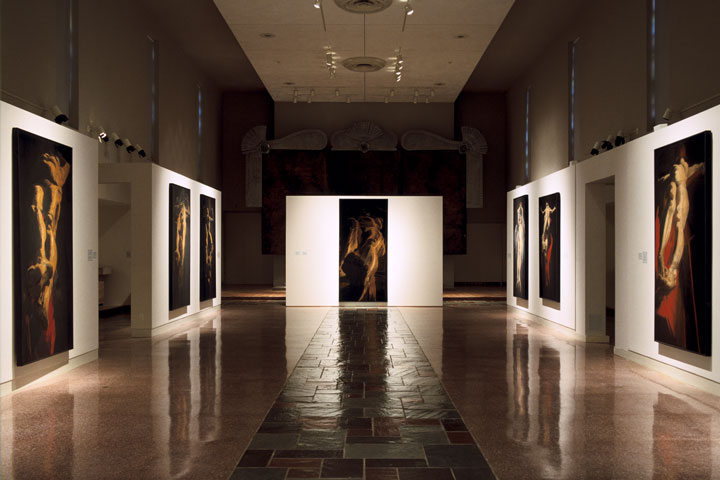
Eleanor Dickinson: A Retrospective |
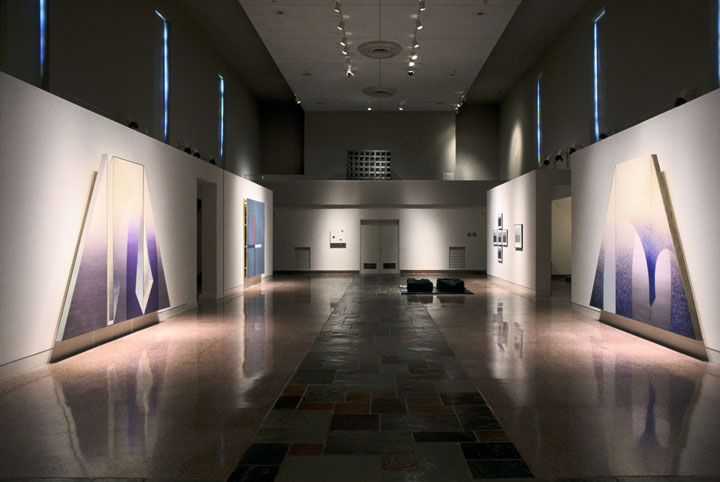
Post-Minimalism and the Spiritual: Four Chicago Artists |
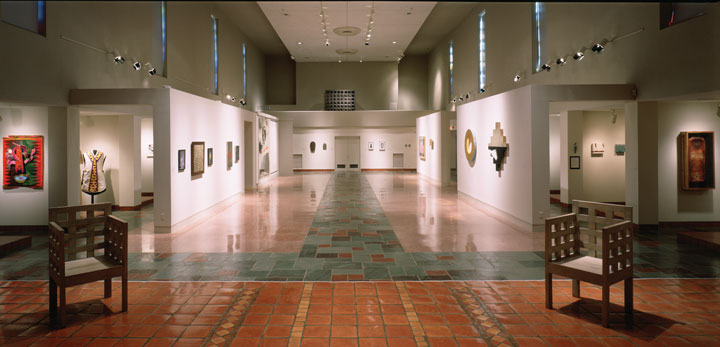
Consecrations: The Spiritual in Art in the Time of AIDS |
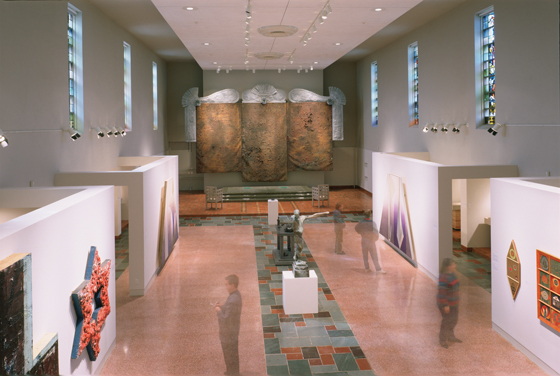
Sanctuaries: Recovering the Holy in Contemporary Art, Part One |
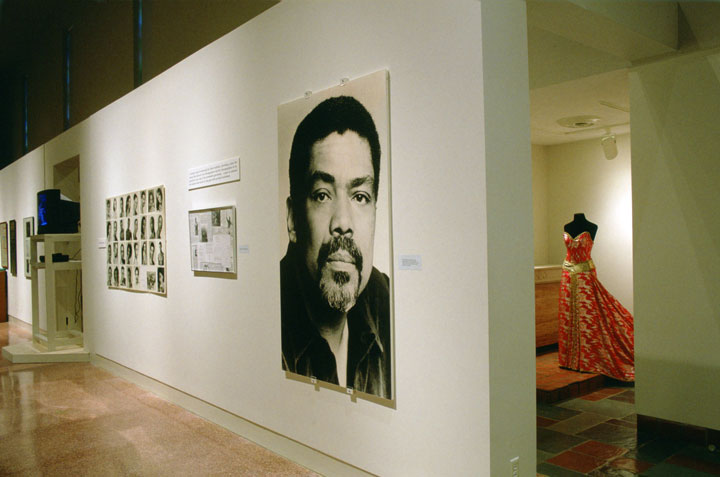
Body and Soul: The Alvin Ailey American Dance Theater |
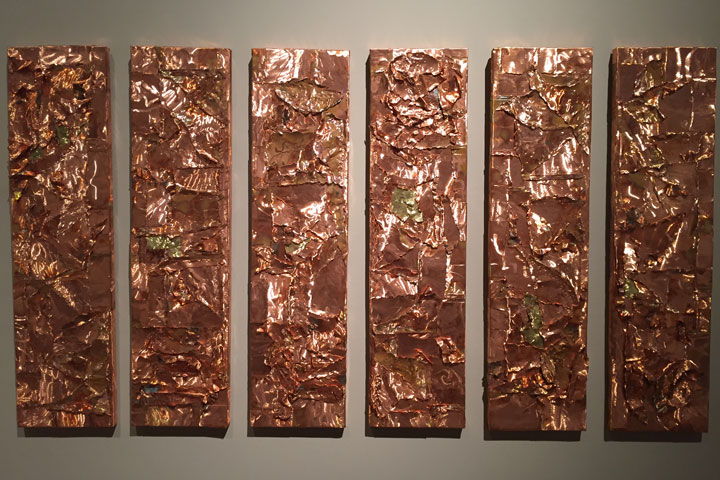
Transformations: Highlights from the MOCRA Collection |
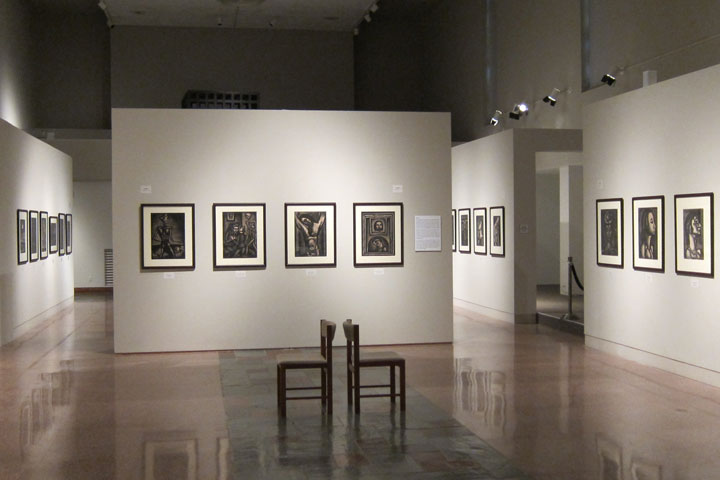
Georges Rouault: Miserere et Guerre |
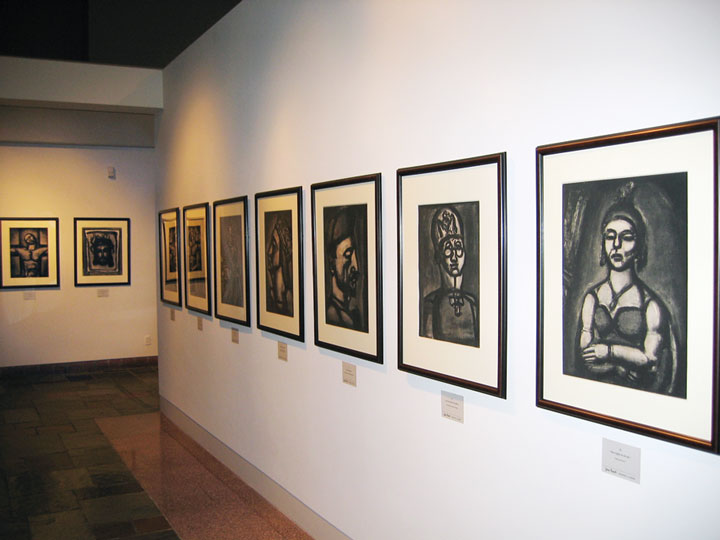
Georges Rouault: Miserere et Guerre |
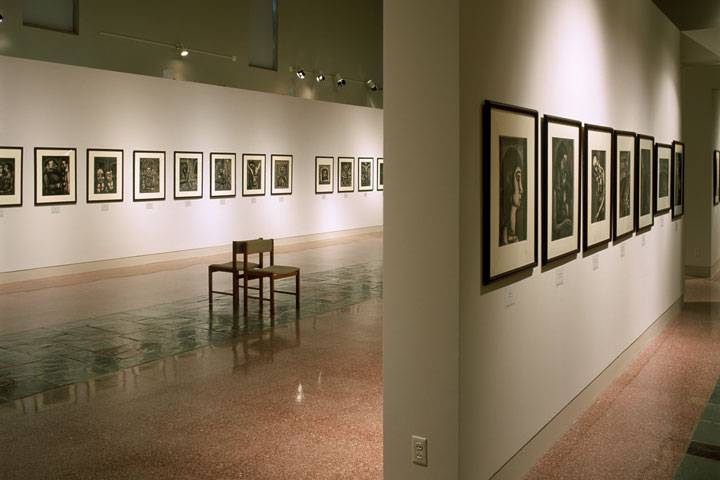
Georges Rouault: Miserere et Guerre |
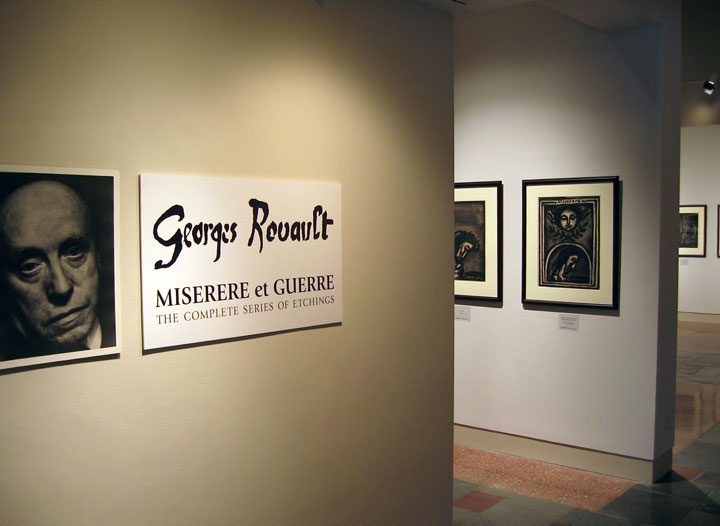
Georges Rouault: Miserere et Guerre |
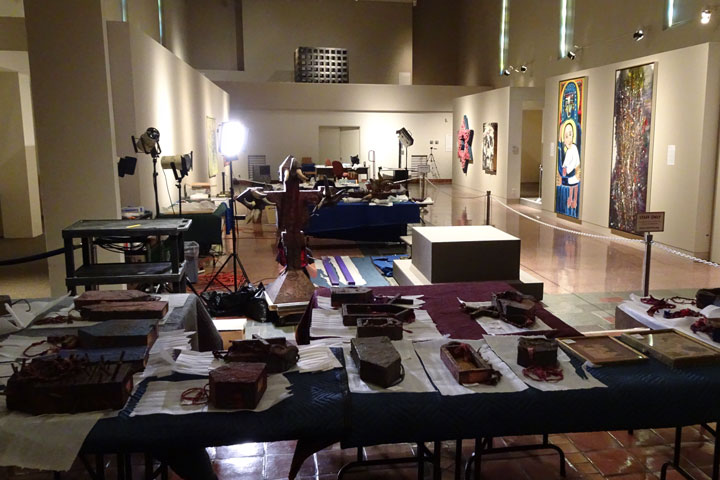
Visible Conservation |
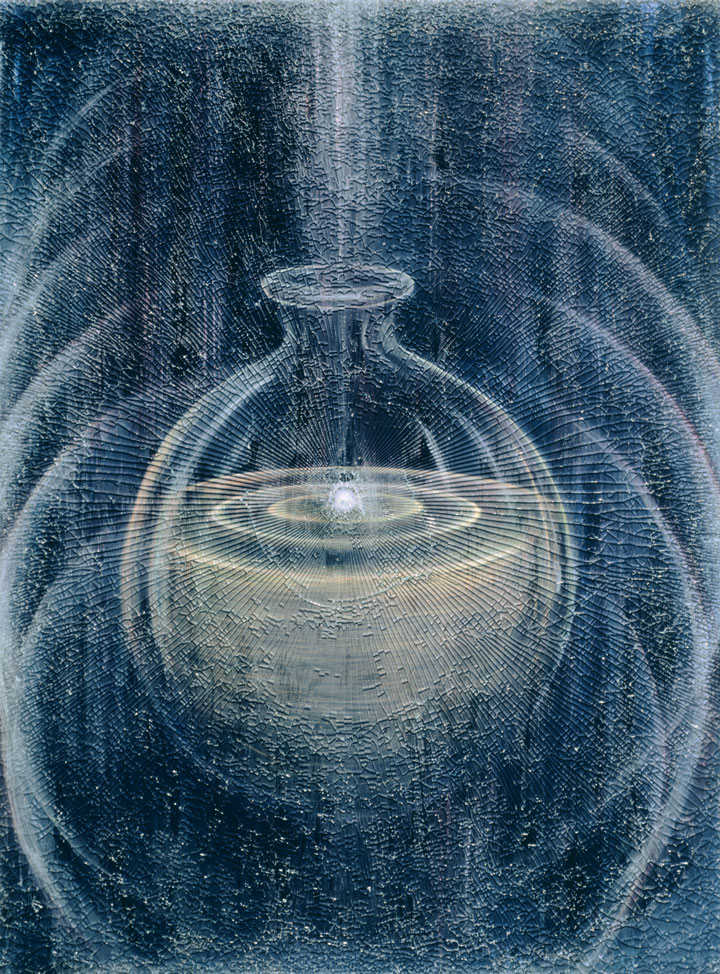
Highlights from the MOCRA Collection |
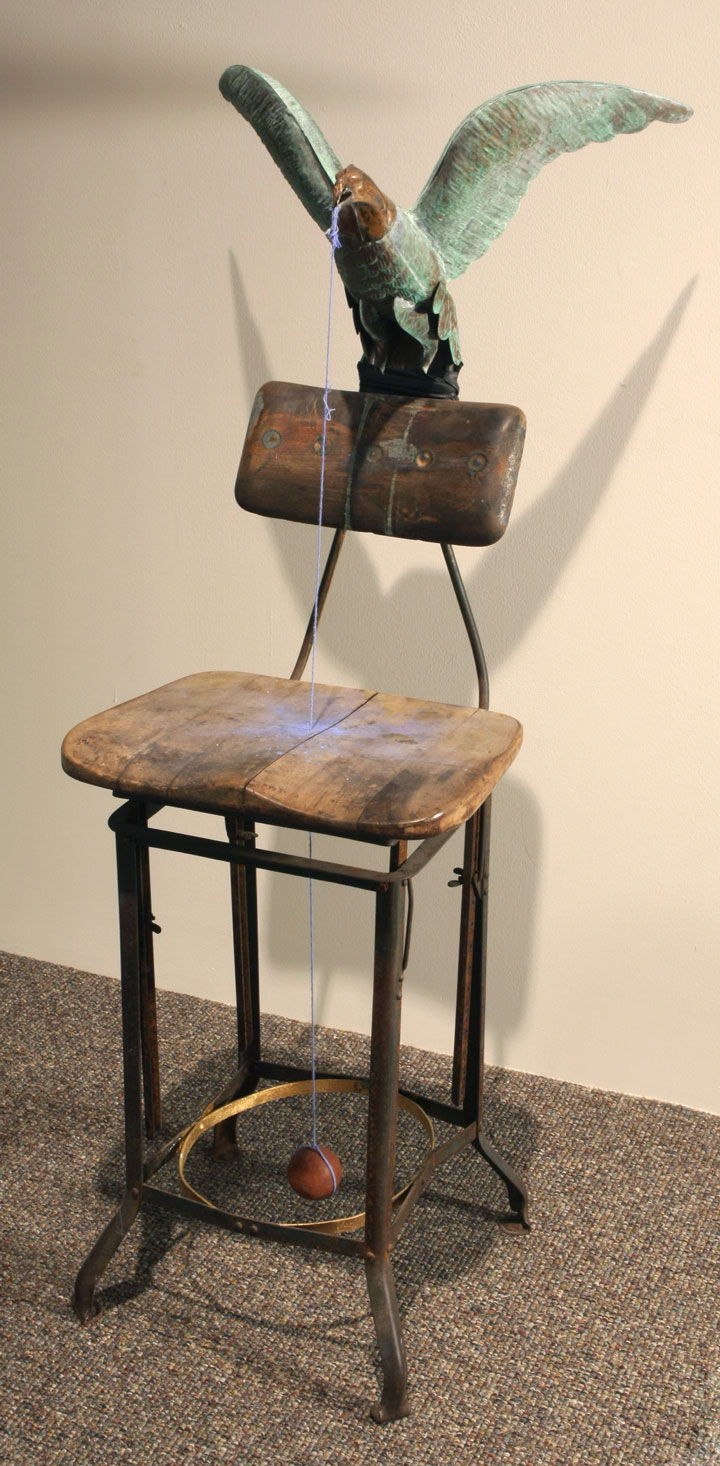
Highlights from the MOCRA Collection |
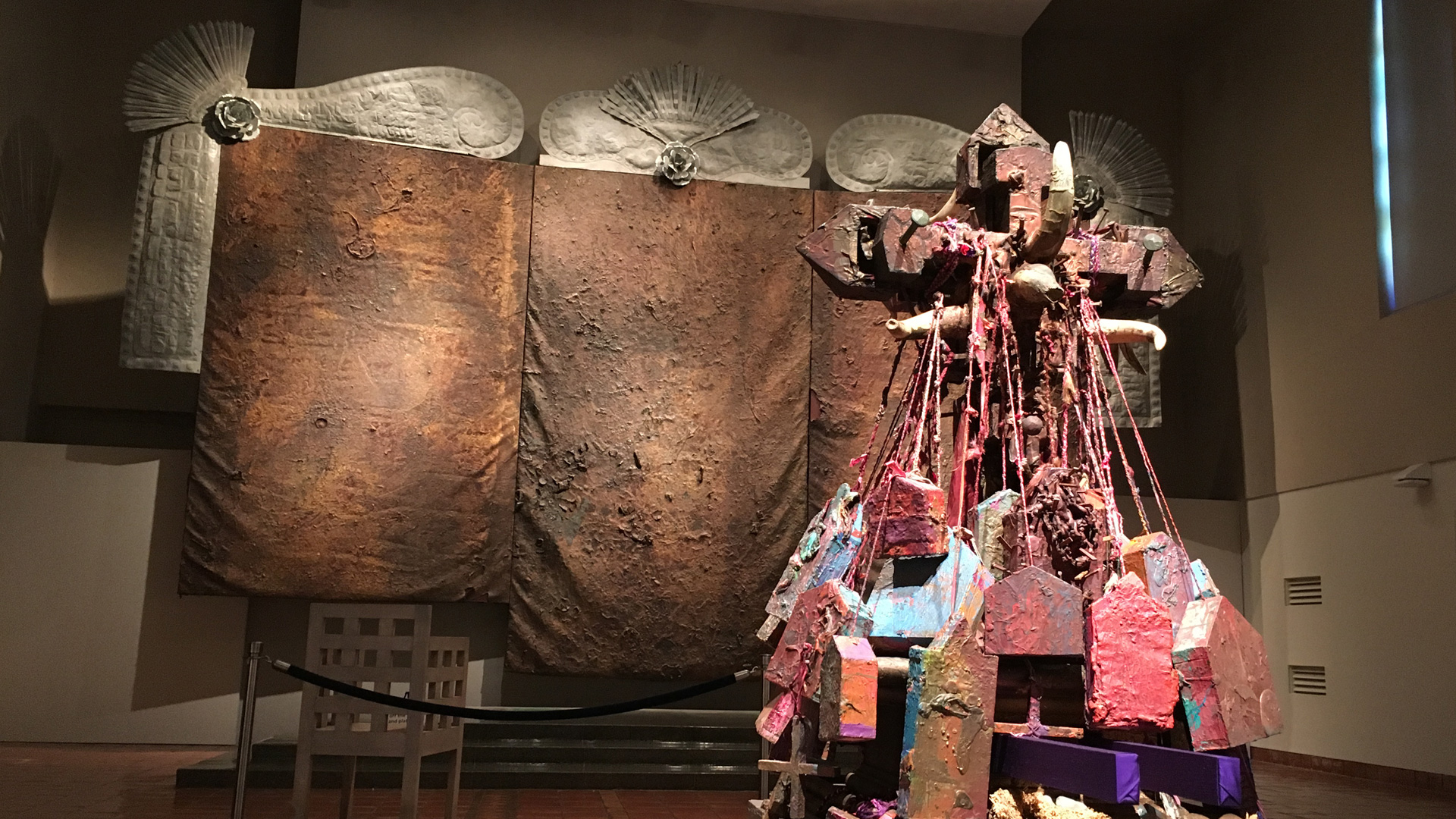
Highlights from the MOCRA Collection: The Romero Cross |
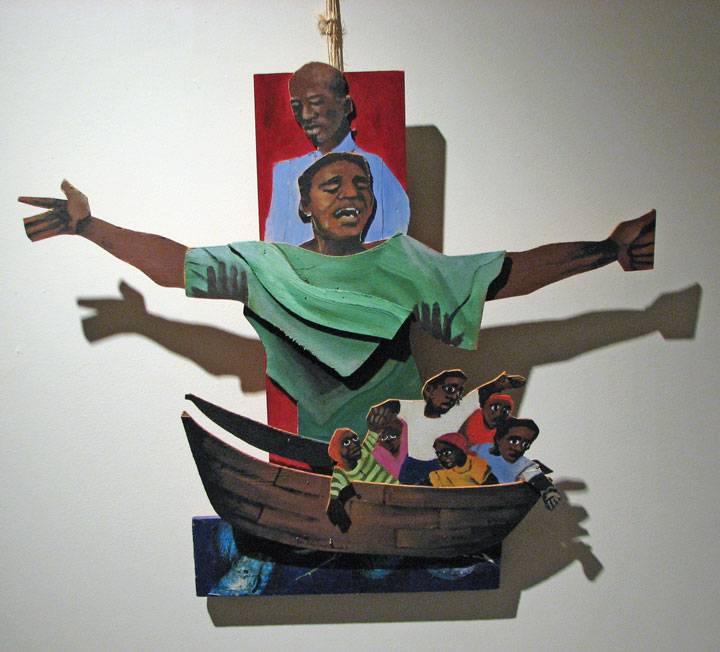
Highlights from the MOCRA Collection |
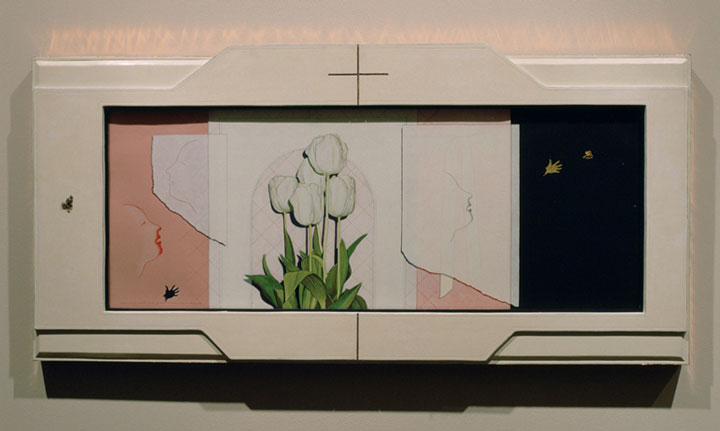
Highlights from the MOCRA Collection |
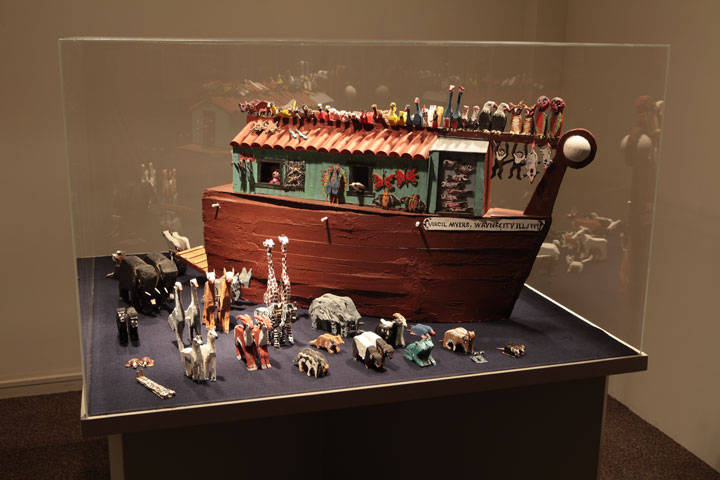
Highlights from the MOCRA Collection |
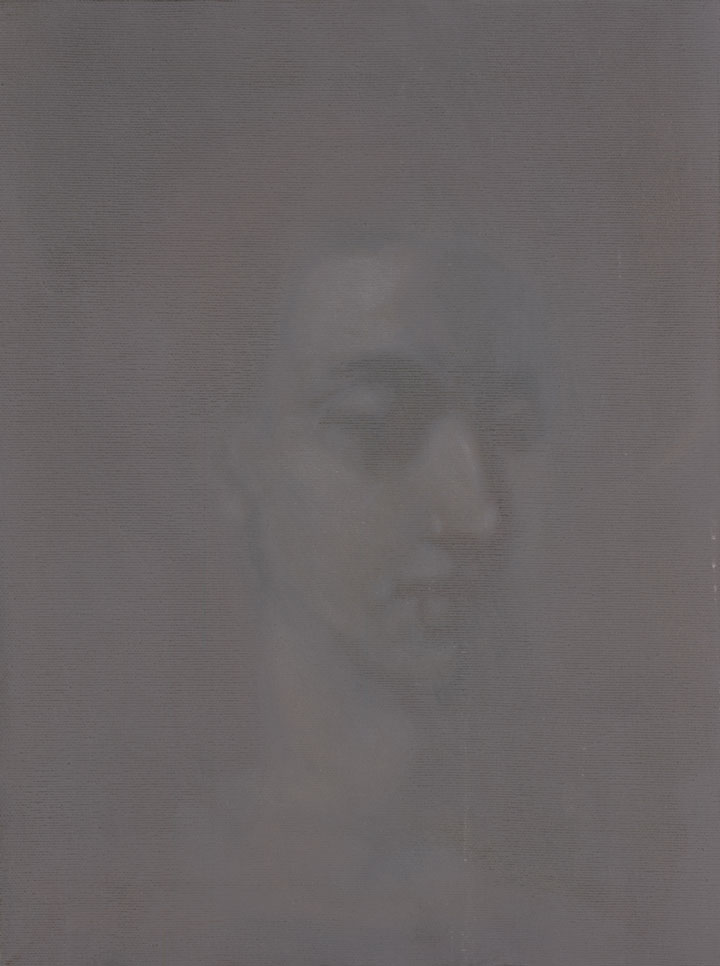
Highlights from the MOCRA Collection |
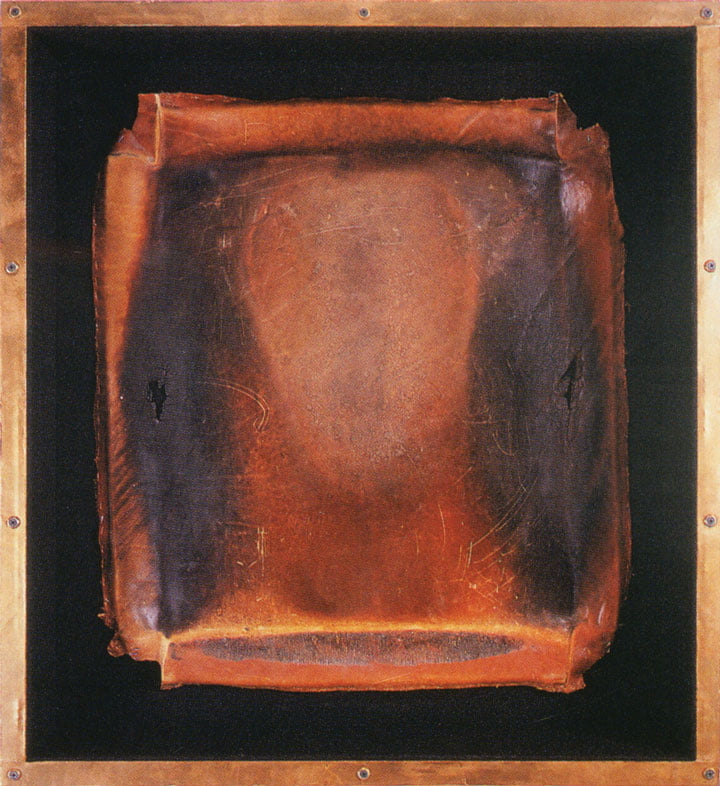
Highlights from the MOCRA Collection |
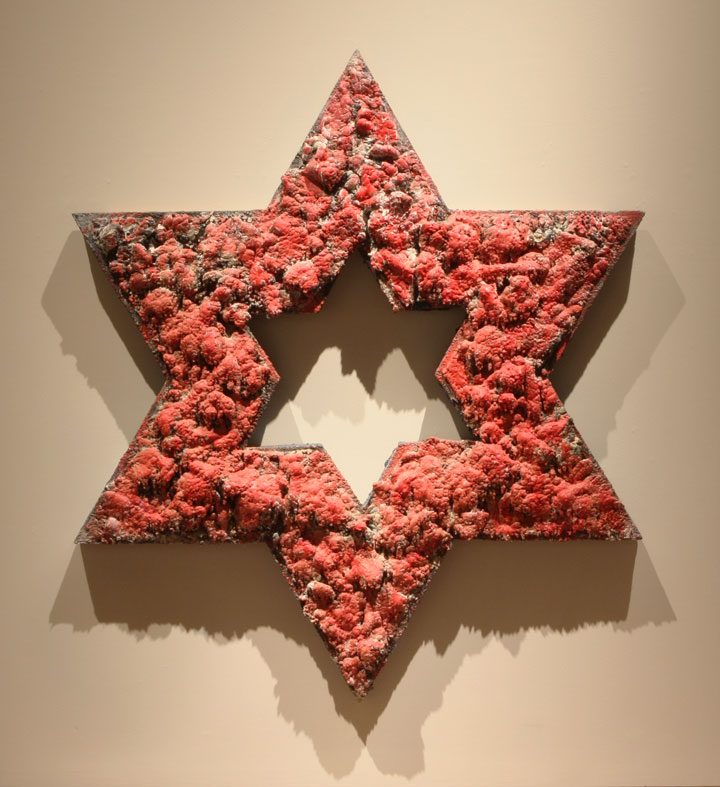
Highlights from the MOCRA Collection |
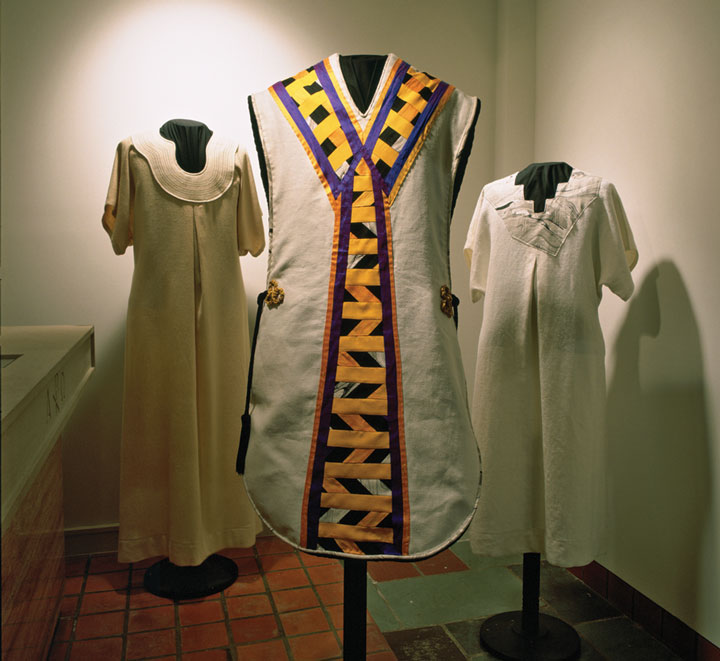
Highlights from the MOCRA Collection |

Sanctuaries: Recovering the Holy in Contemporary Art, Part Two – Three Major Installations |
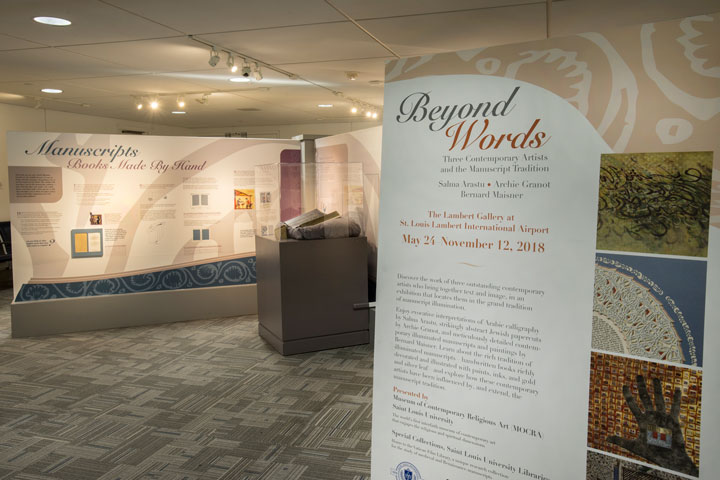
Beyond Words: Three Contemporary Artists and the Manuscript Tradition |
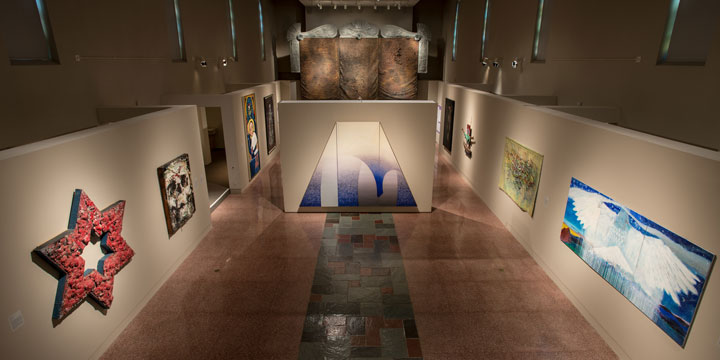
MOCRA: 25 |
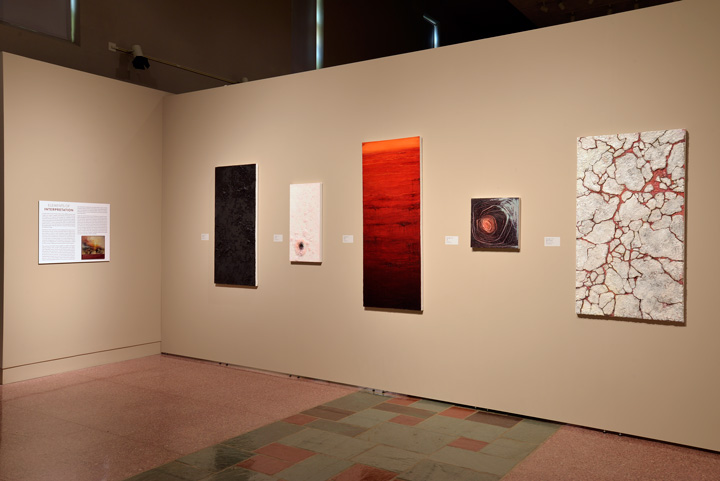
Gary Logan: Elements |
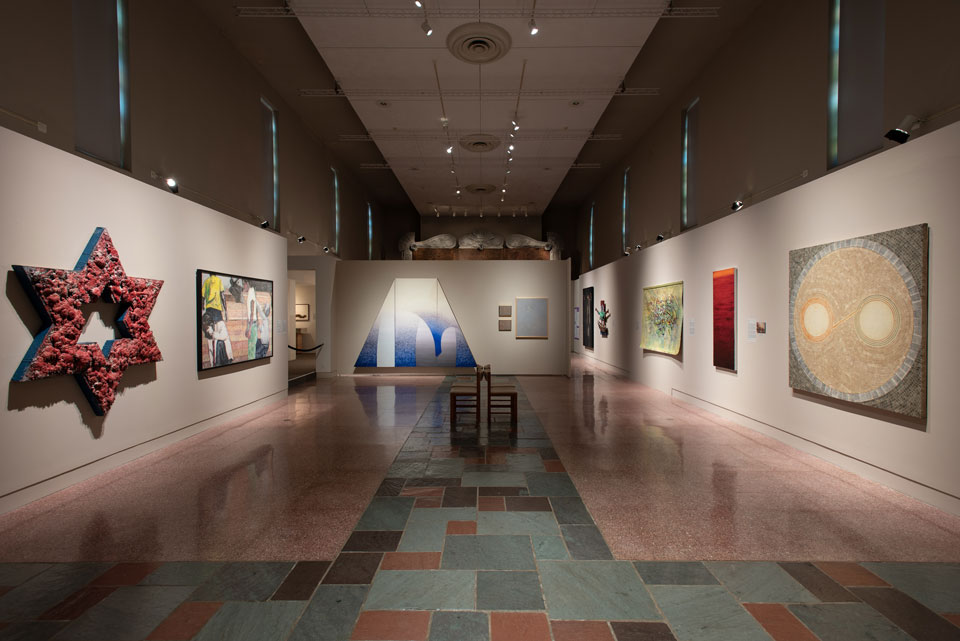
Gratitude |
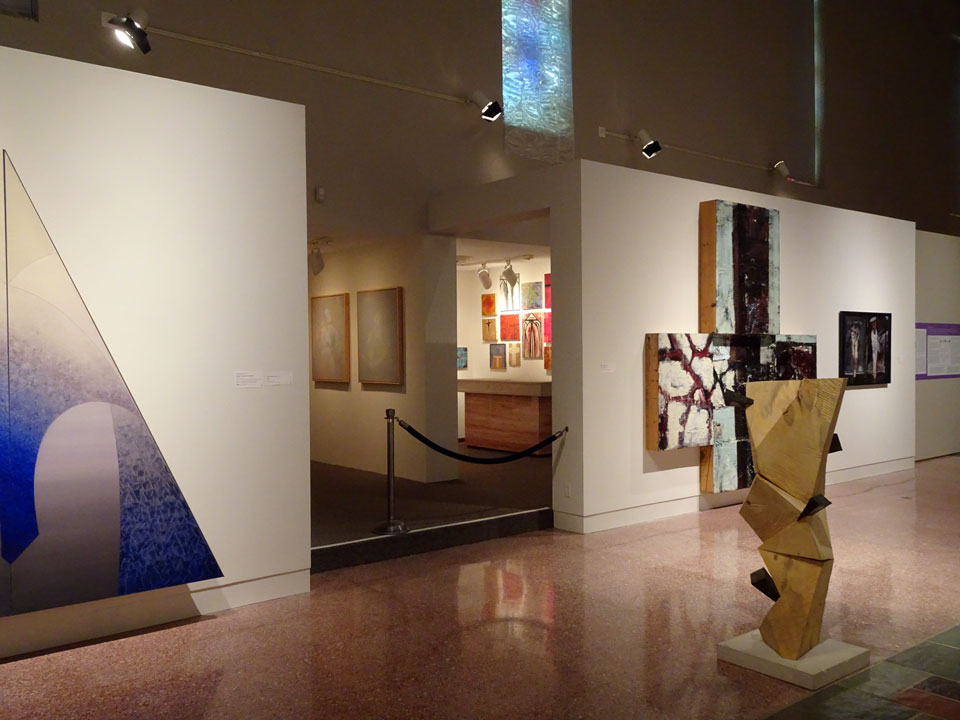
Surface to Source |
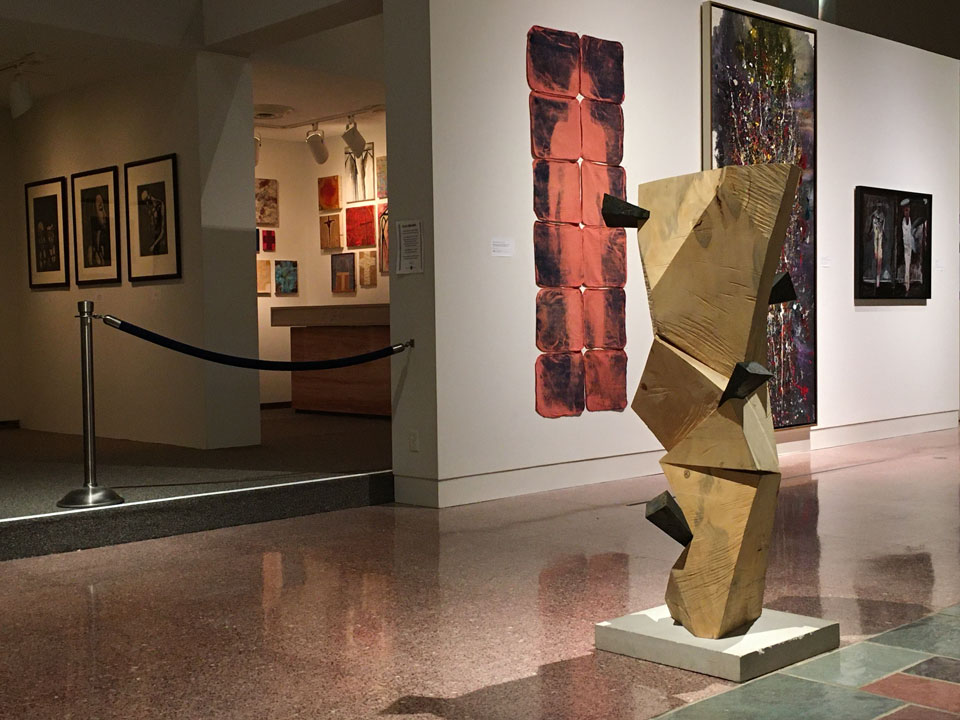
Quiet Isn’t Always Peace |
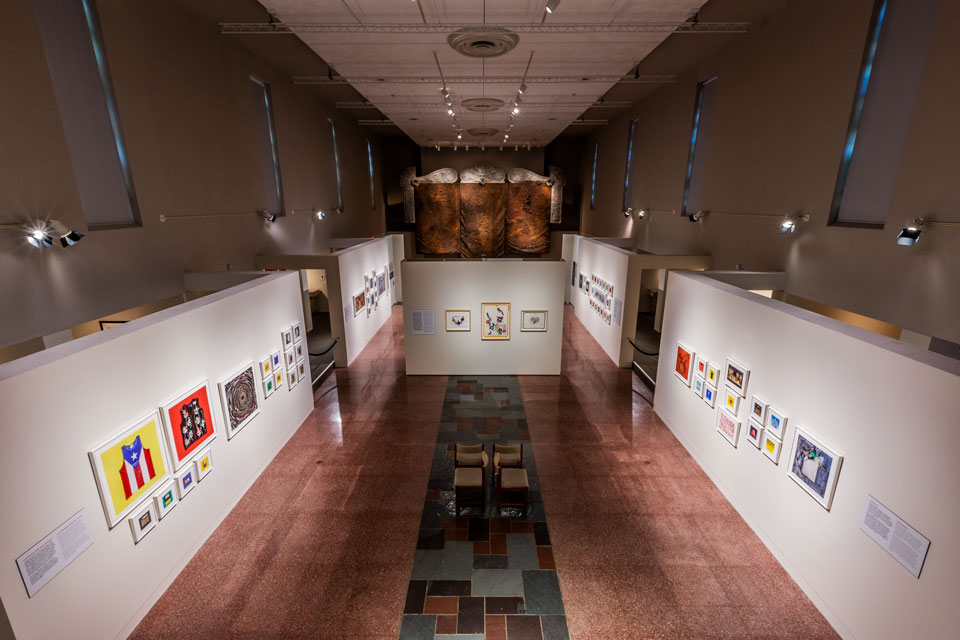
Tom Kiefer: Pertenencias / Belongings |
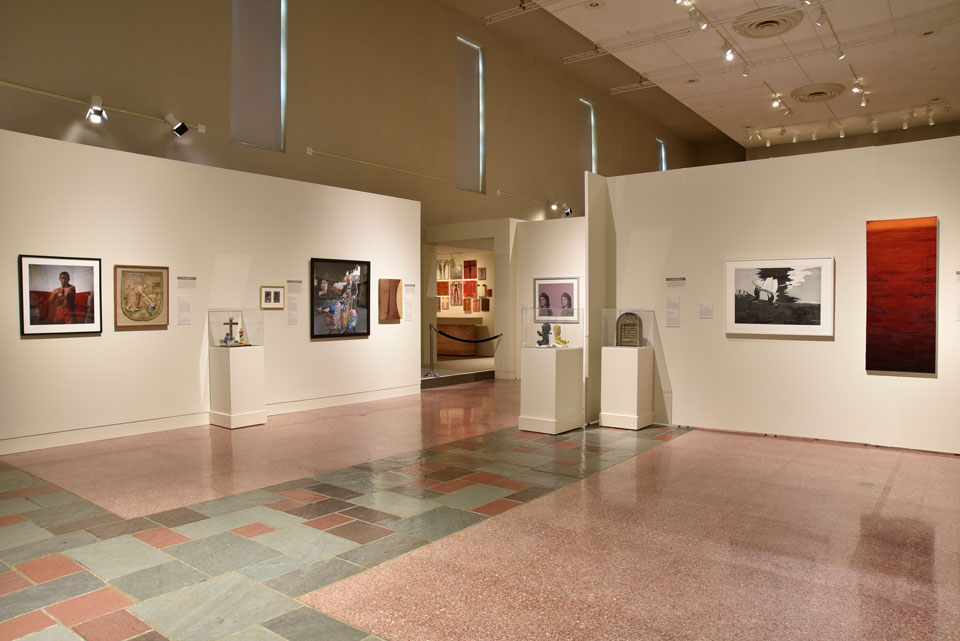
Double Vision: Art from Jesuit University Collections |
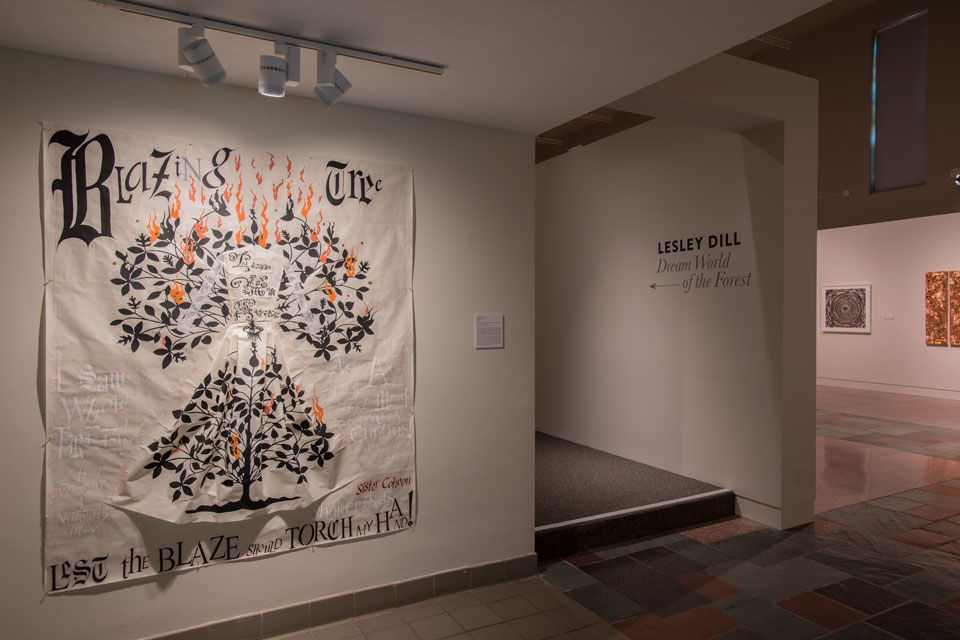
Lesley Dill: Dream World of the Forest |
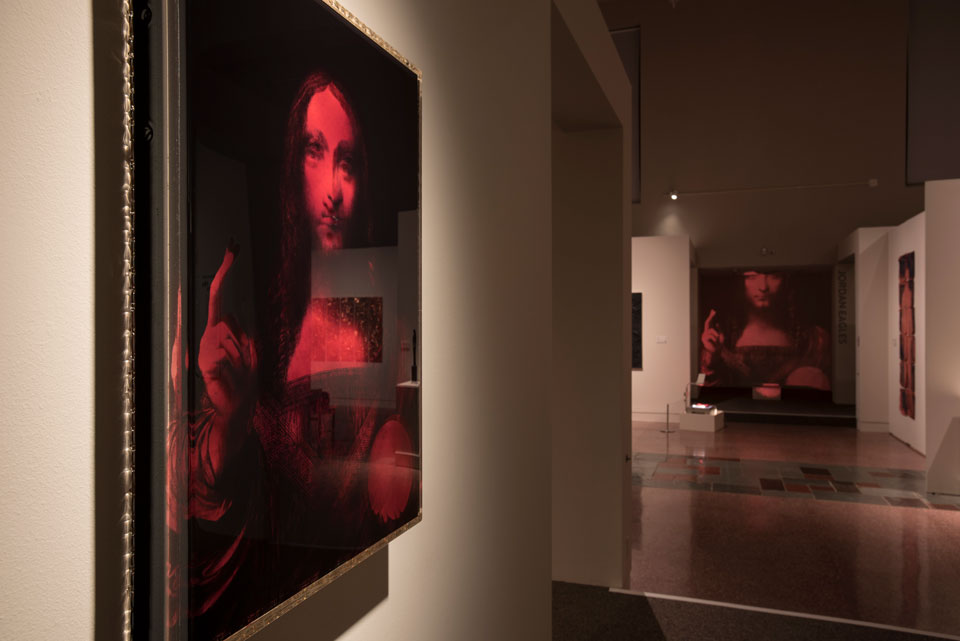
Jordan Eagles: VIRAL\VALUE |
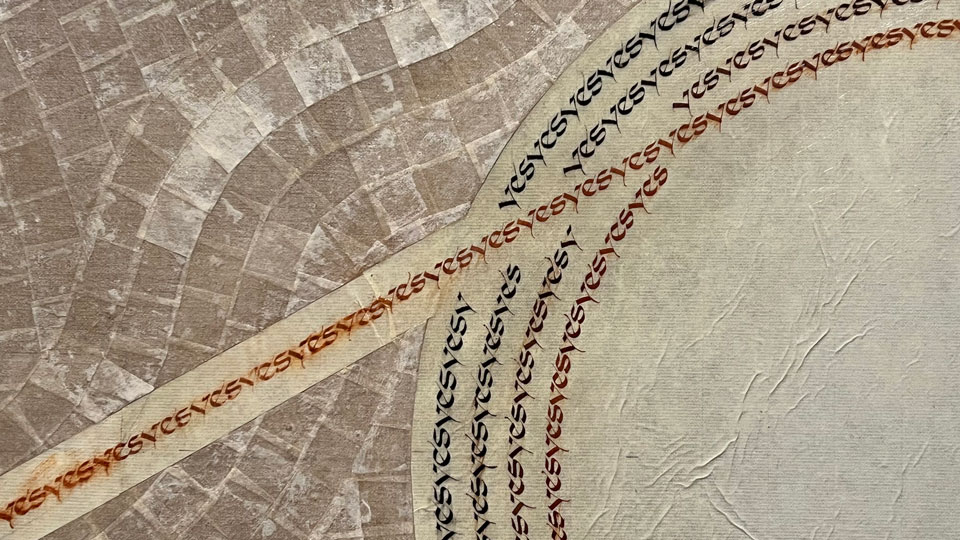
This Road Is the Heart Opening: Selections from the MOCRA Collection |
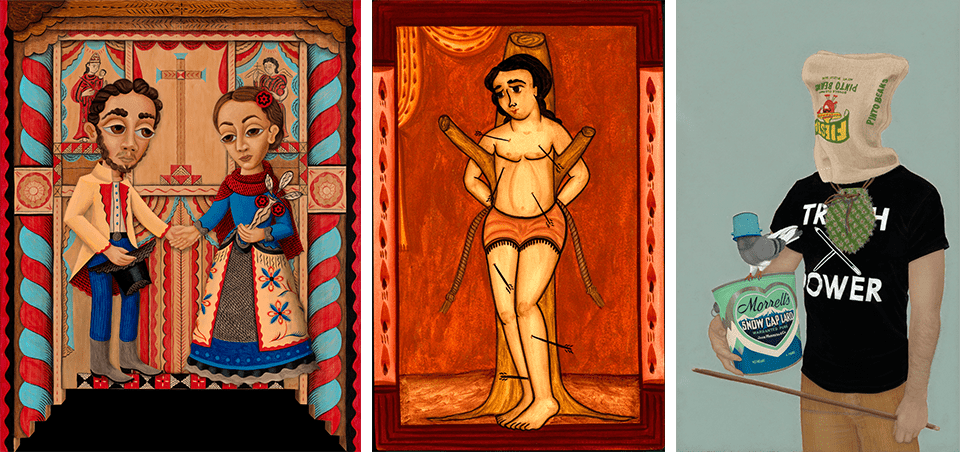
Vicente Telles and Brandon Maldonado: Cuentos Nuevomexicanos |
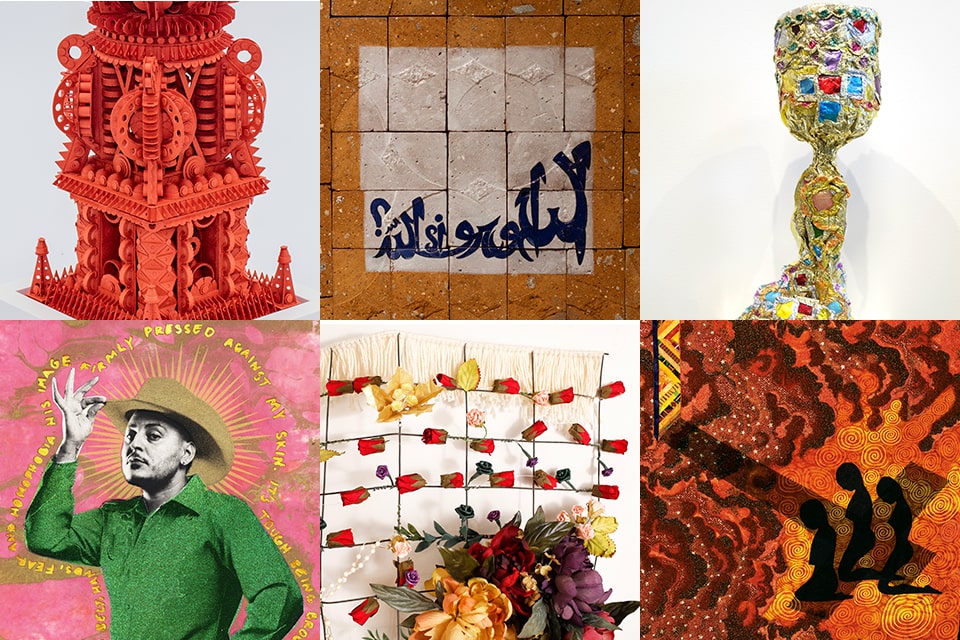
Open Hands: Crafting the Spiritual |
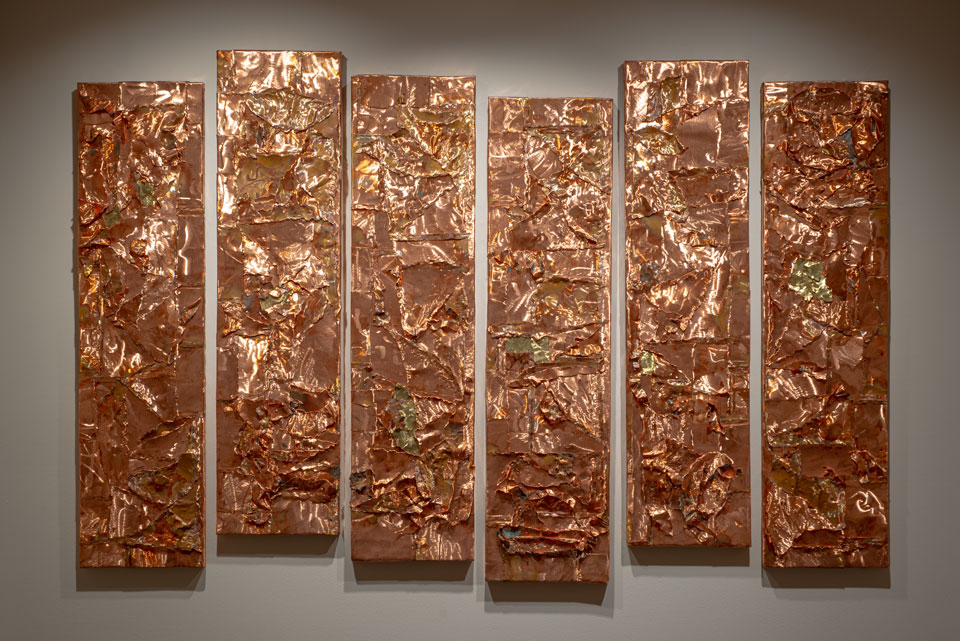
Selections from the MOCRA Collection |
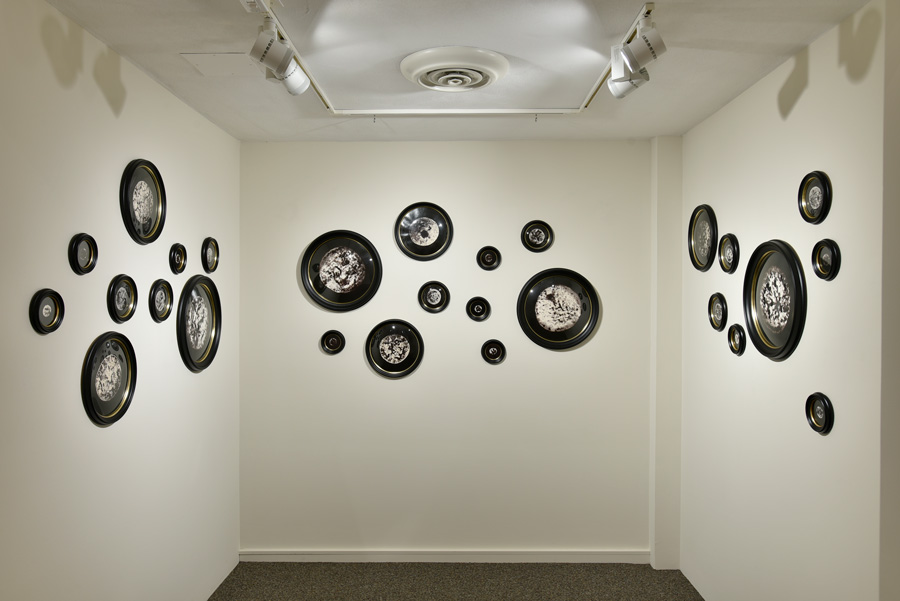
Continuum: Figuration and Abstraction in the MOCRA Collection |
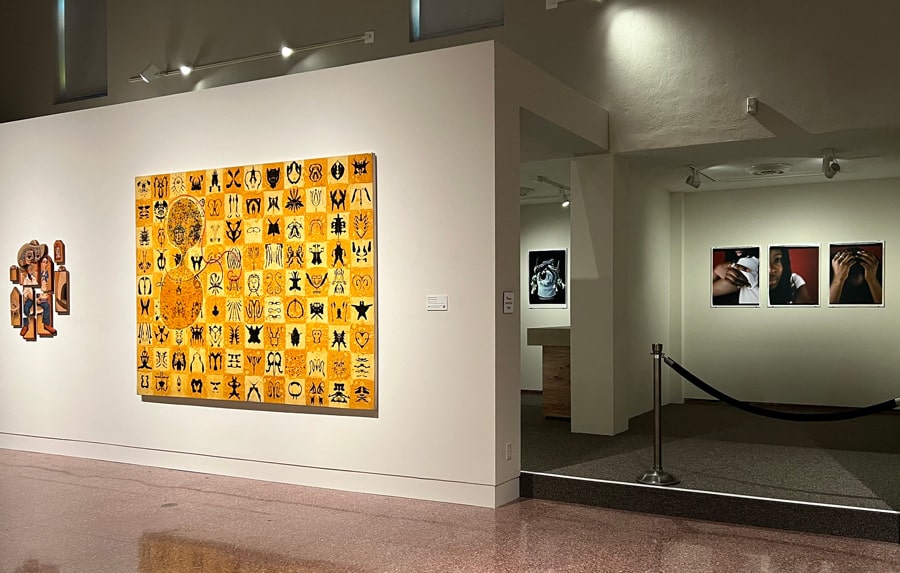
Continuum (Continued): Figuration and Abstraction in the MOCRA Collection |
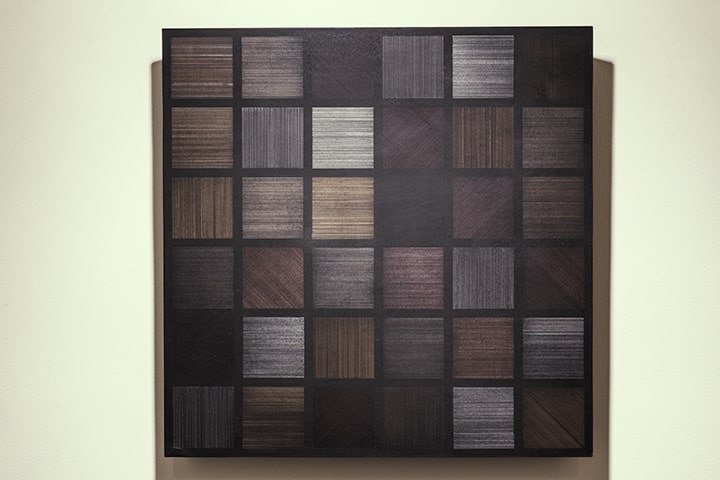
Selections from the MOCRA Collection |